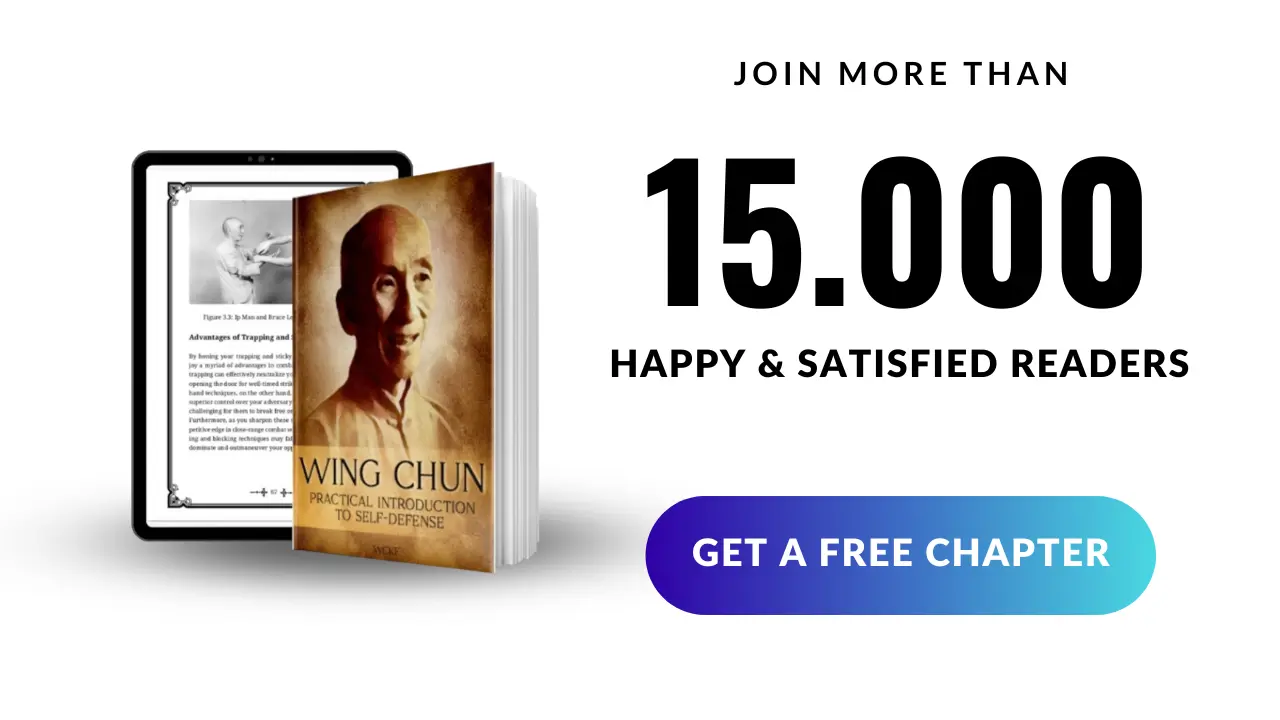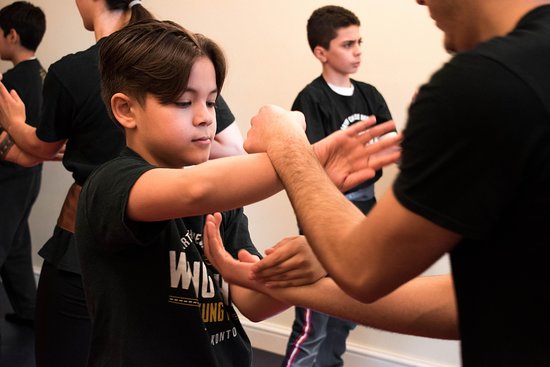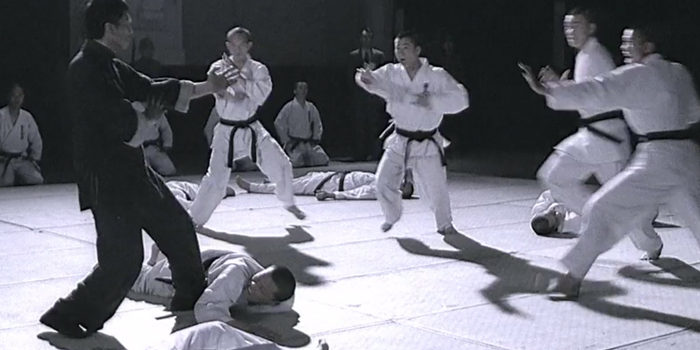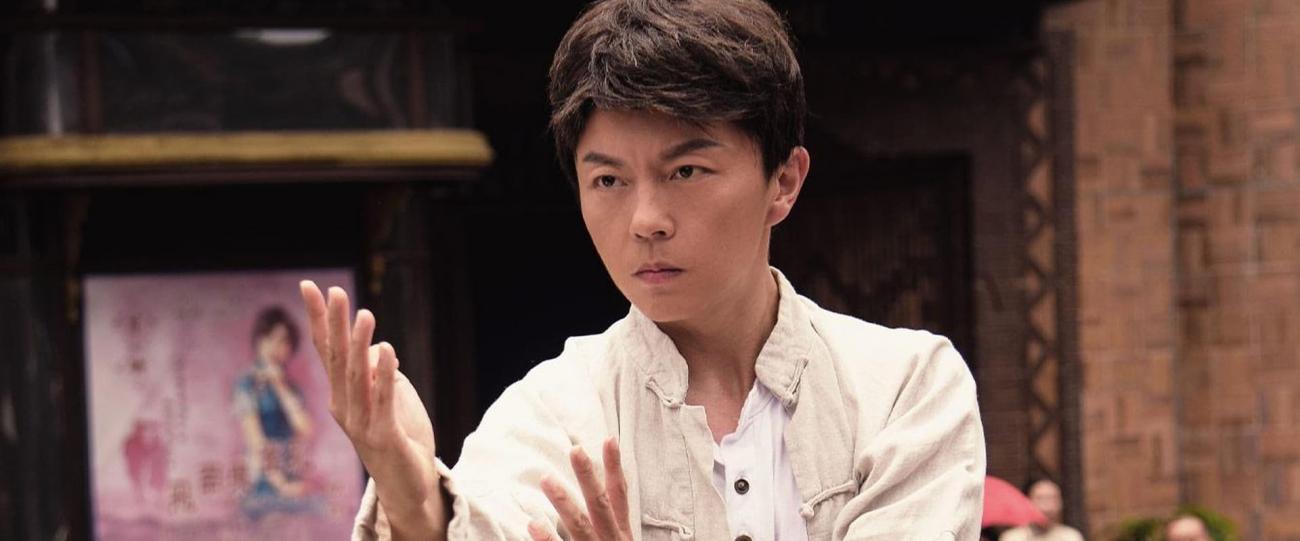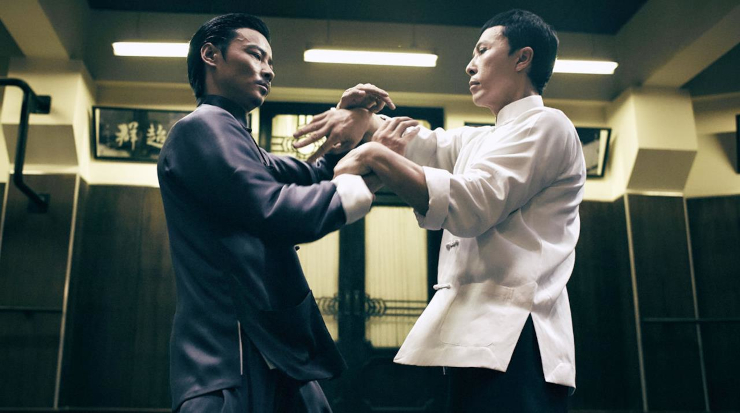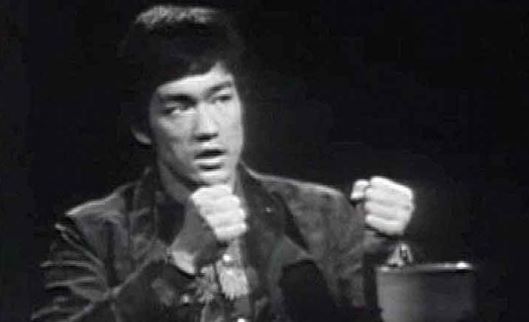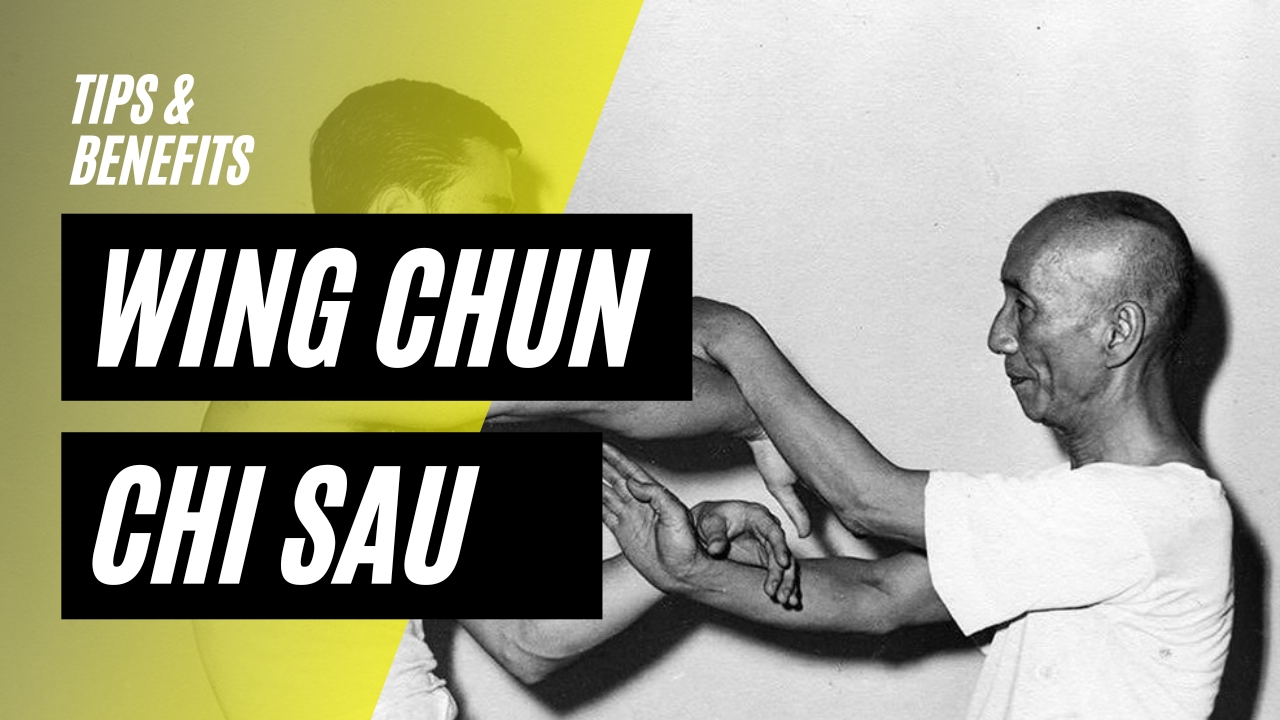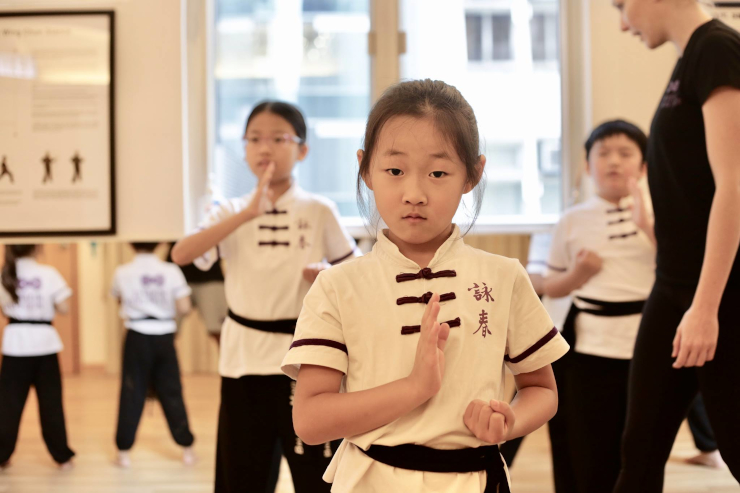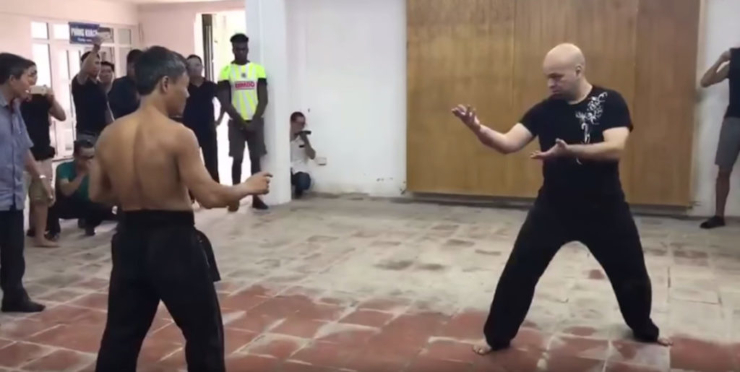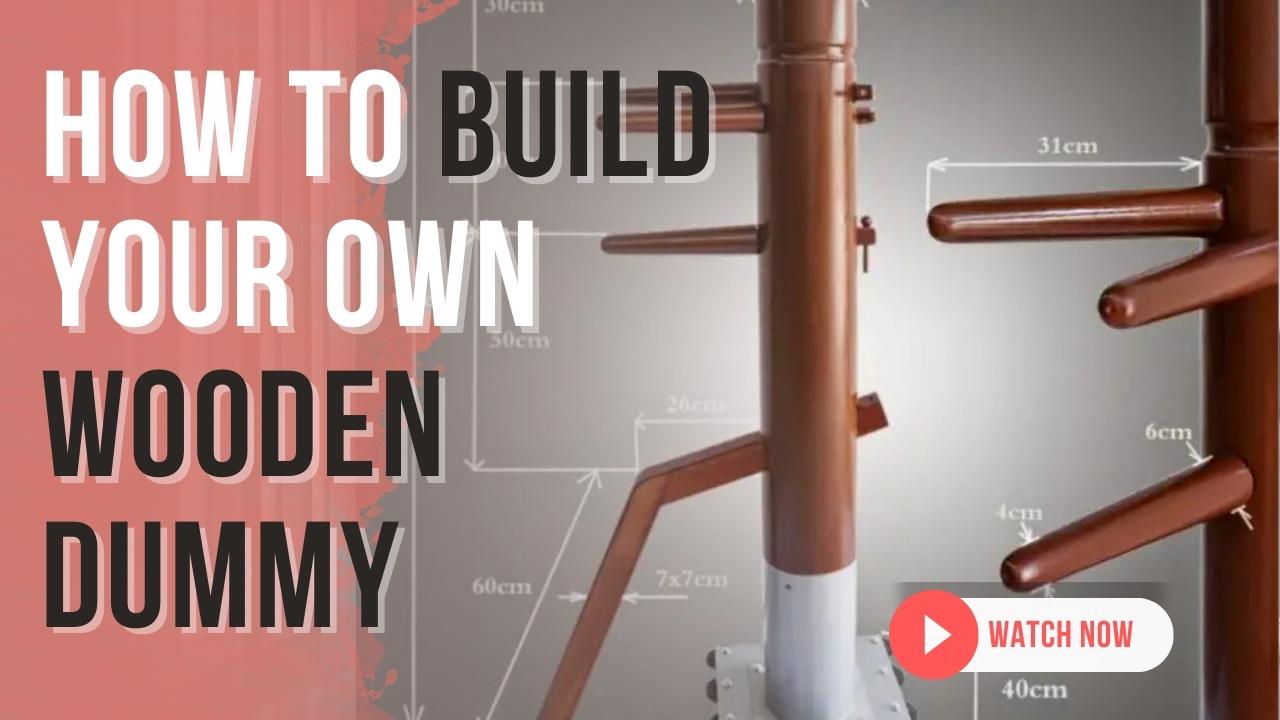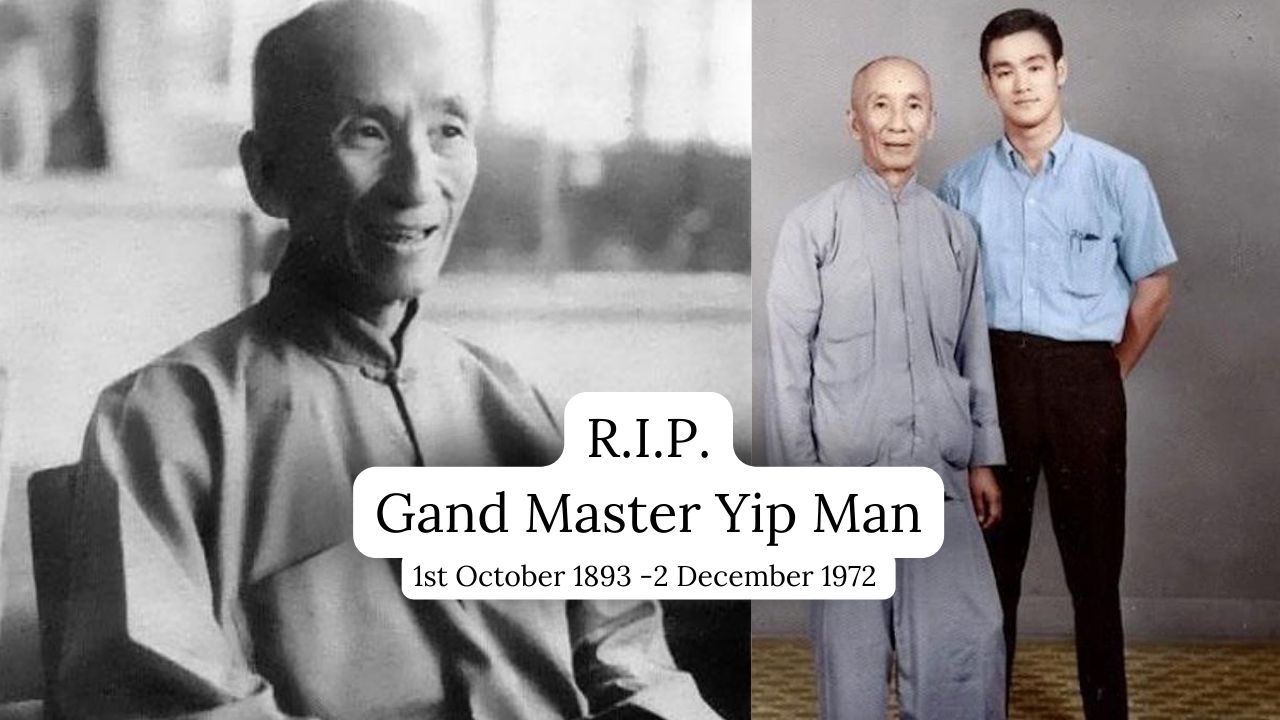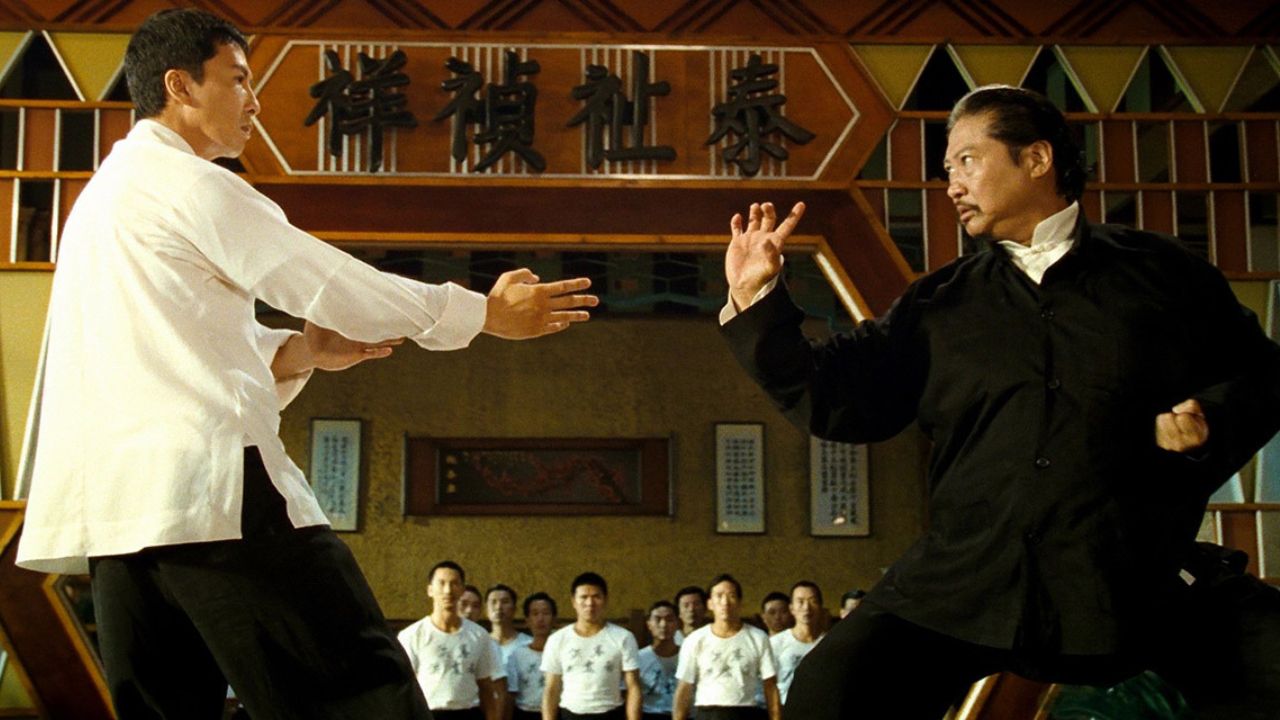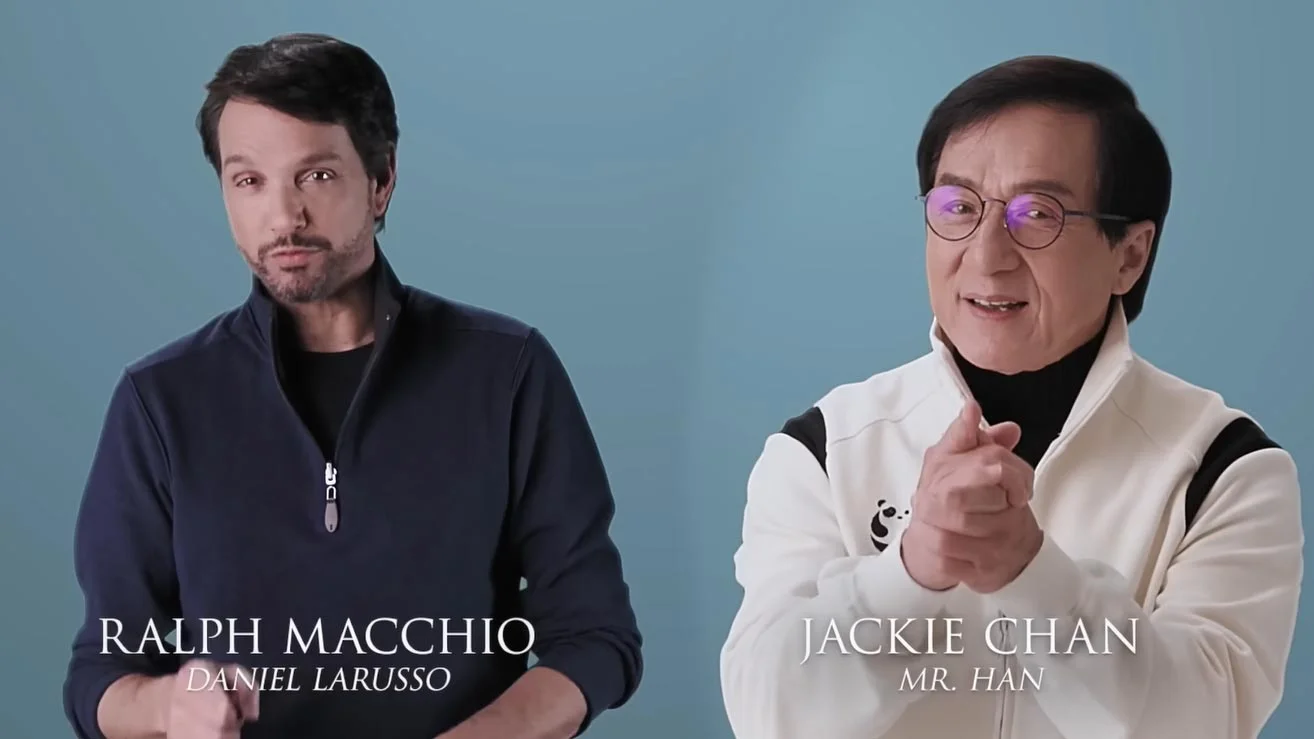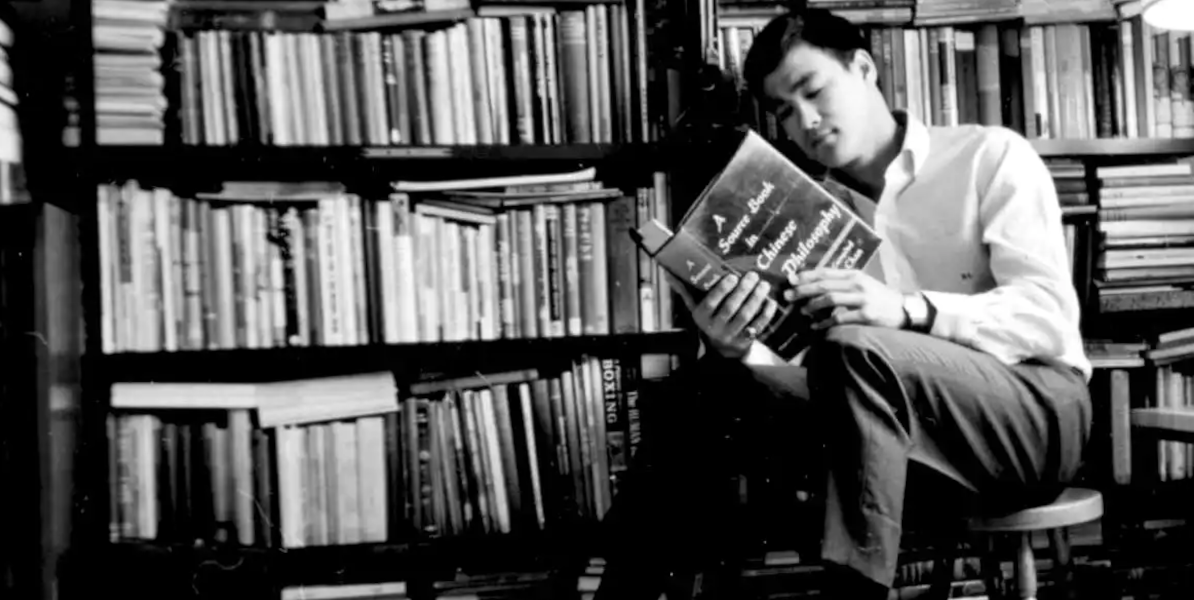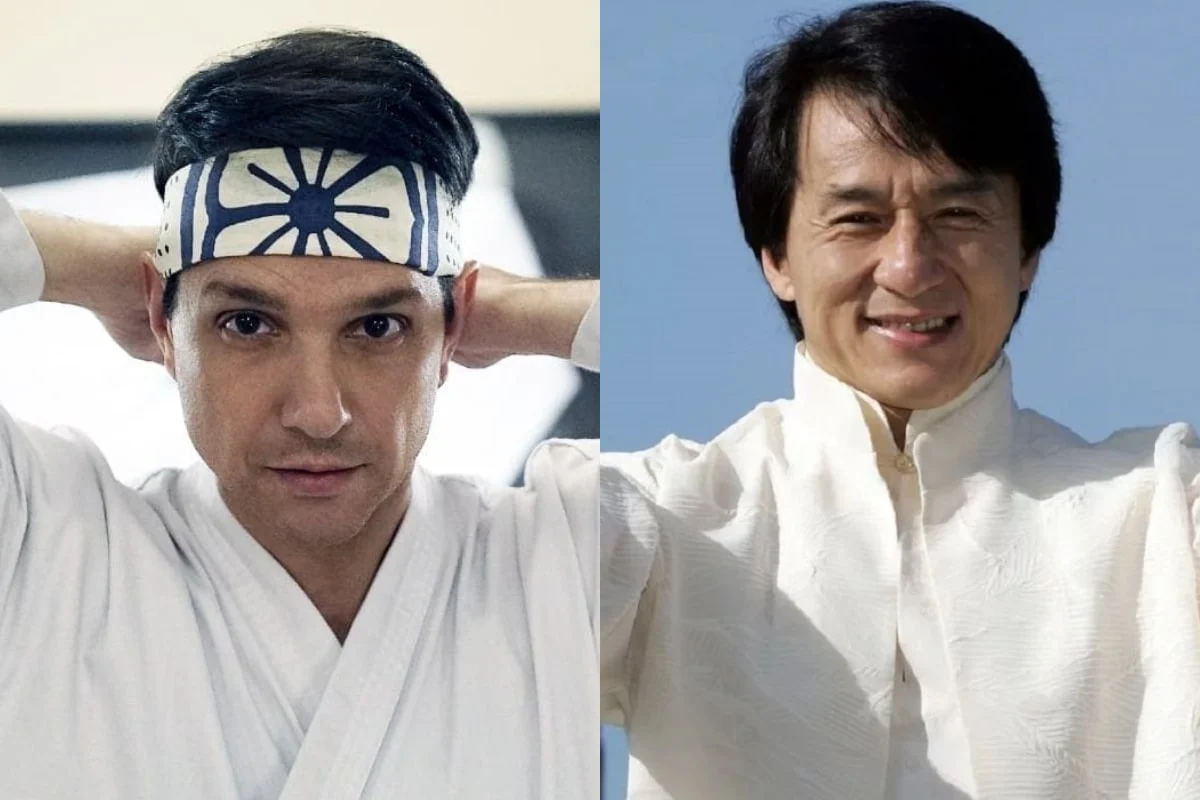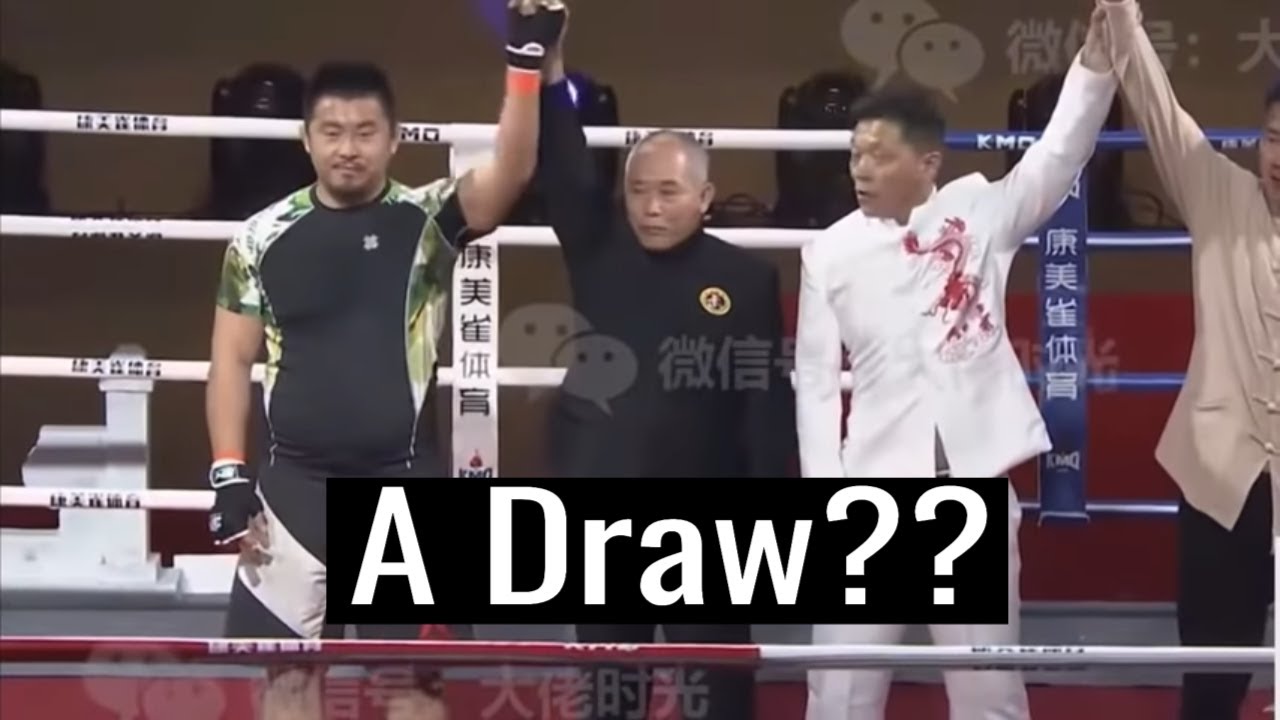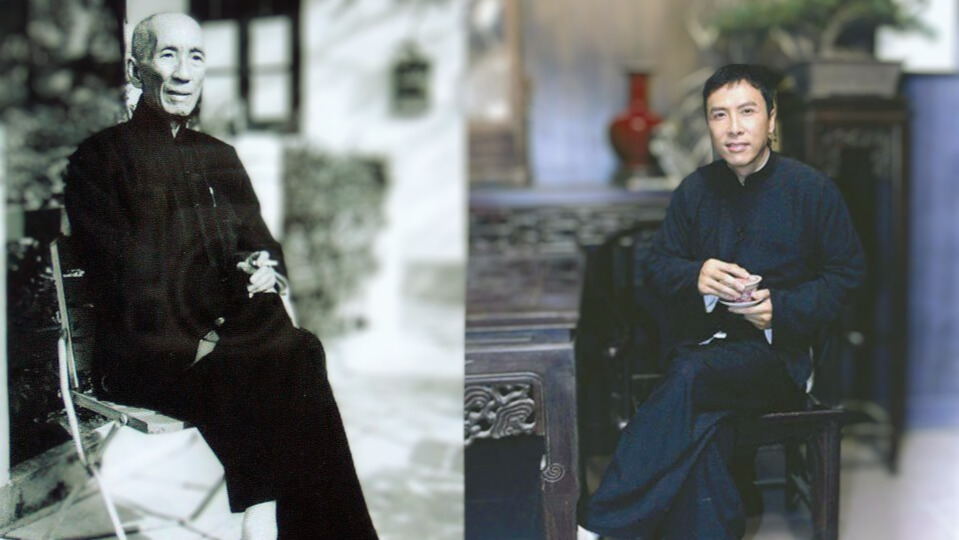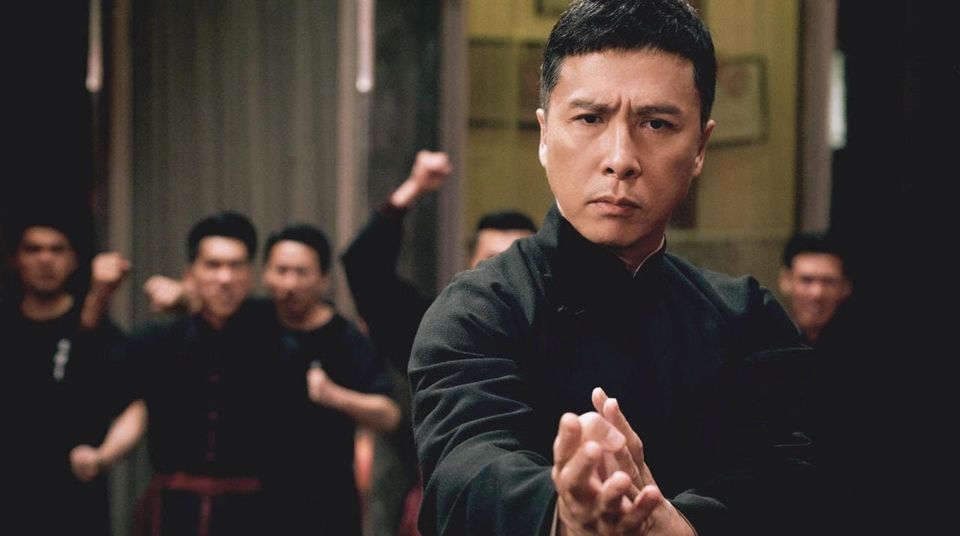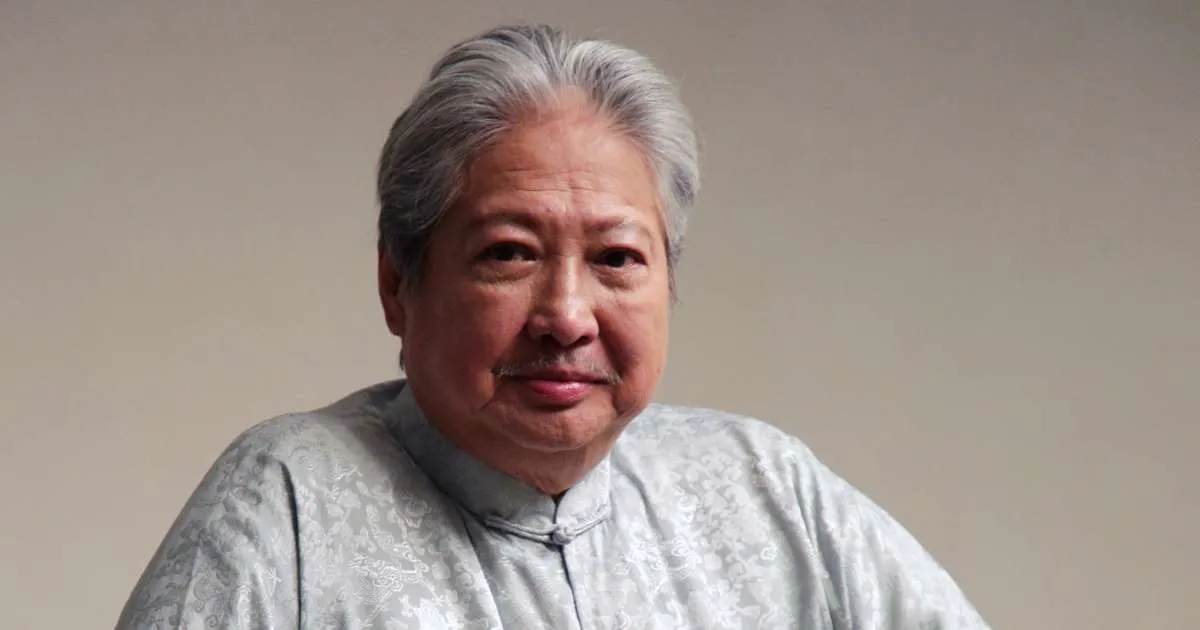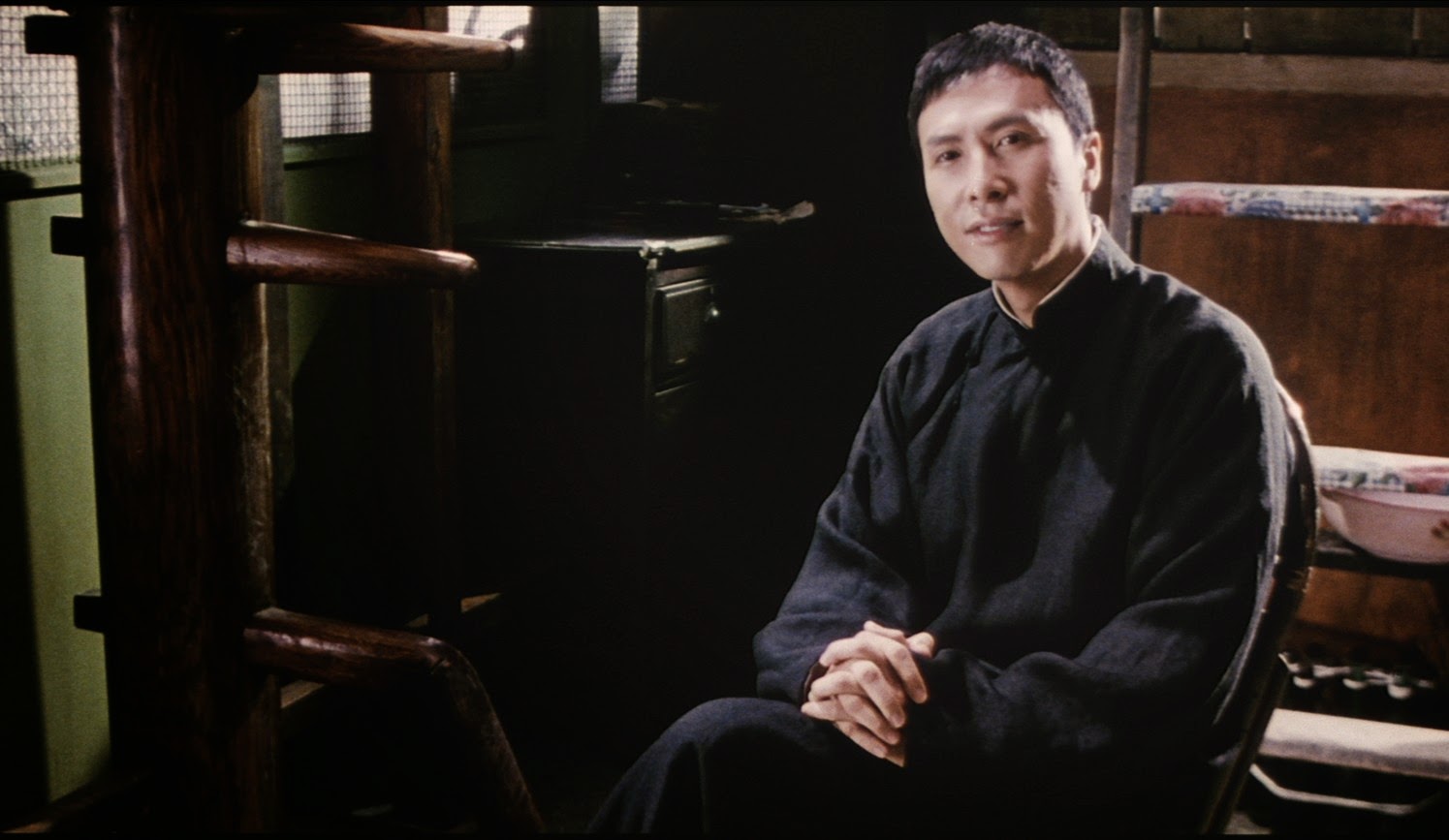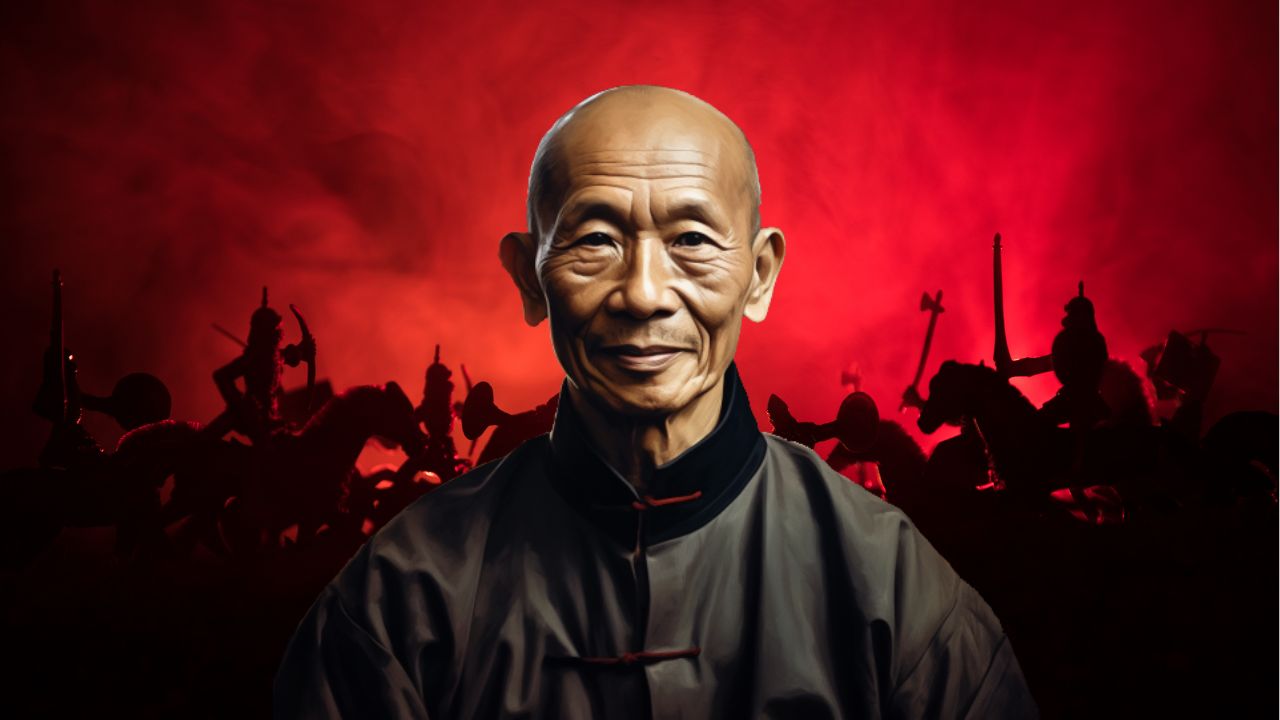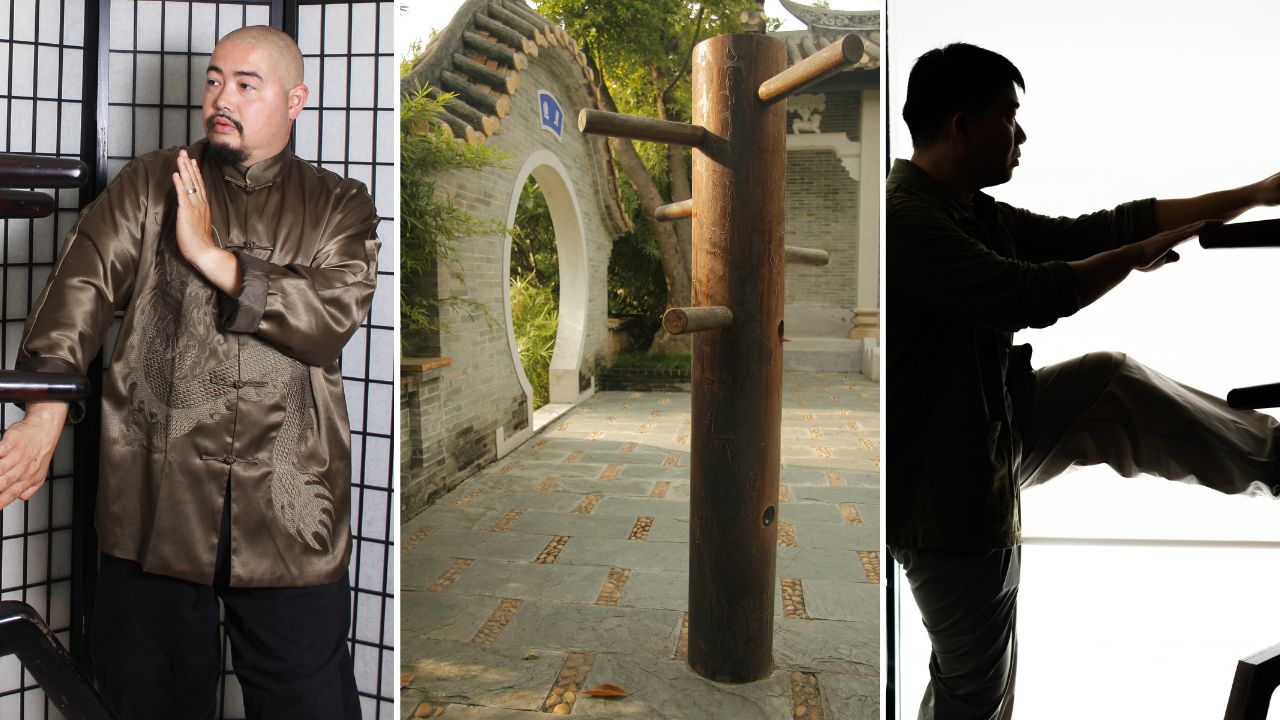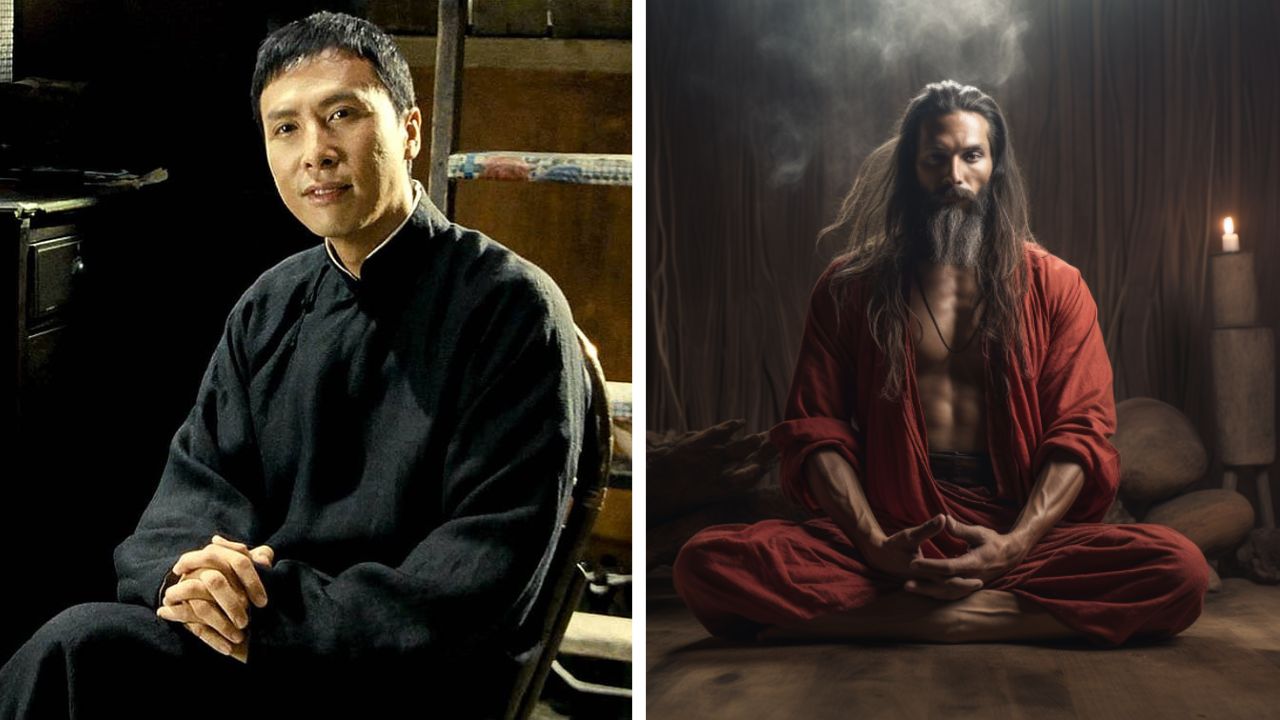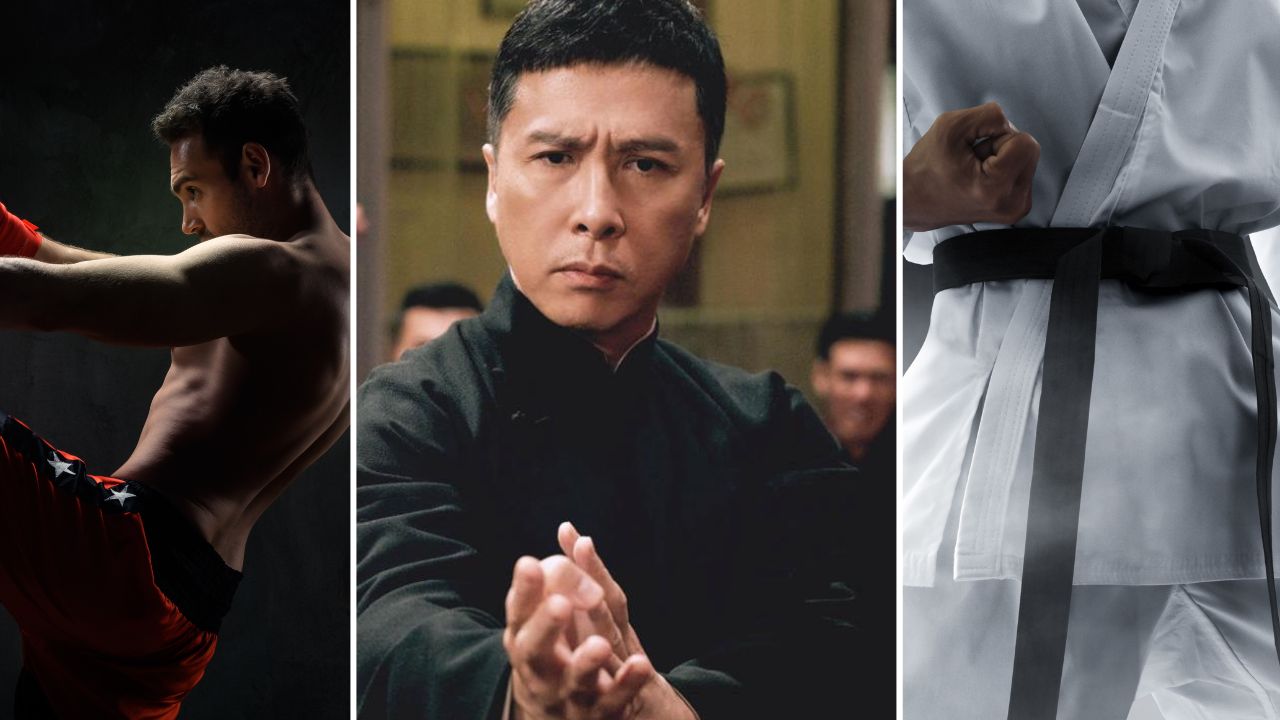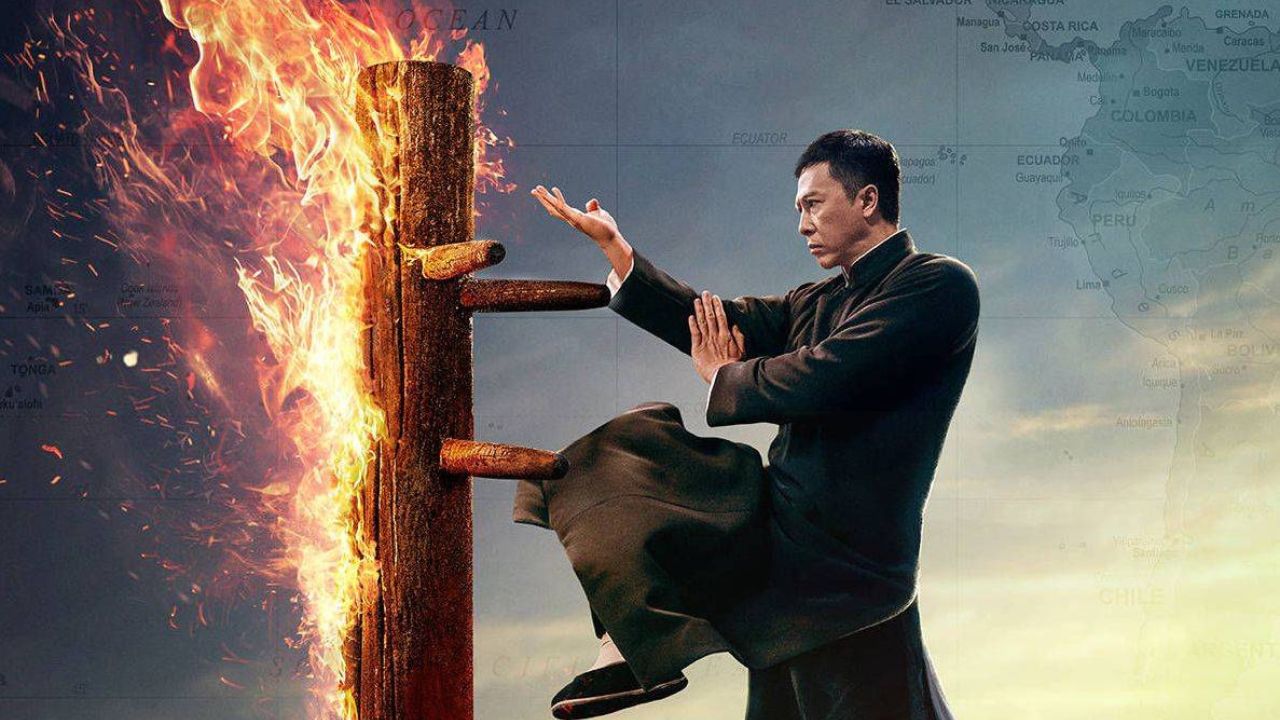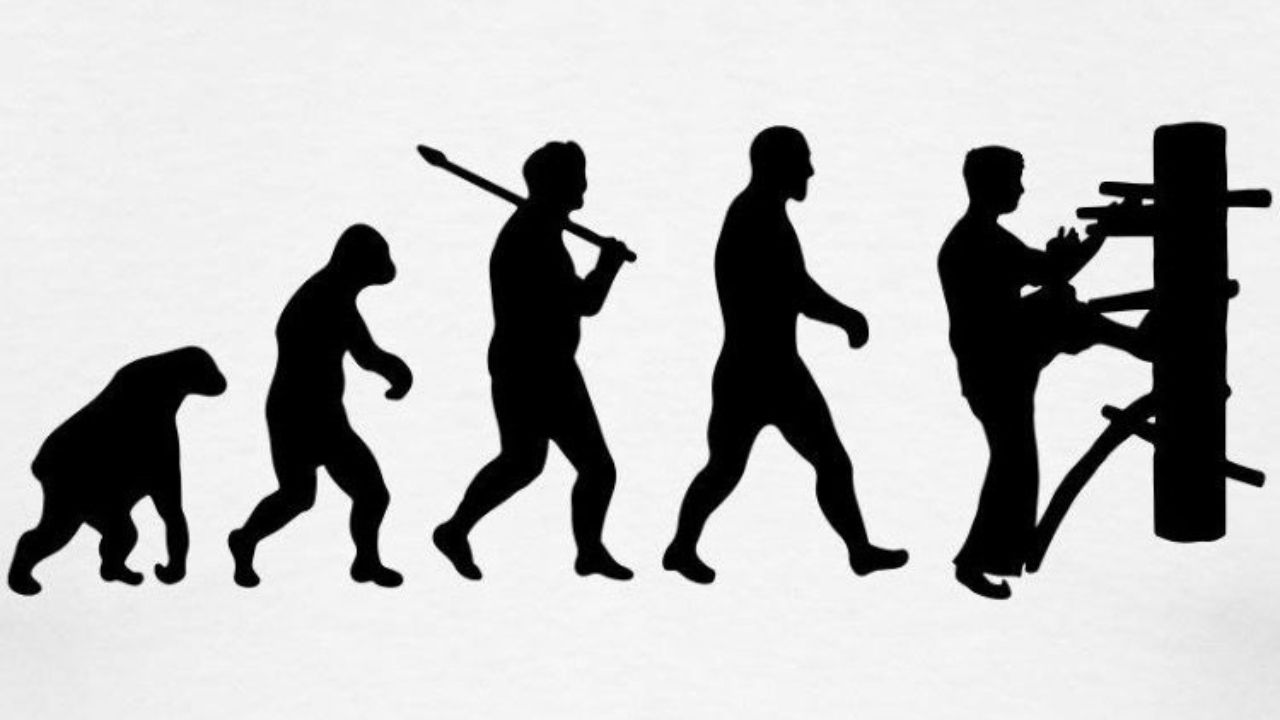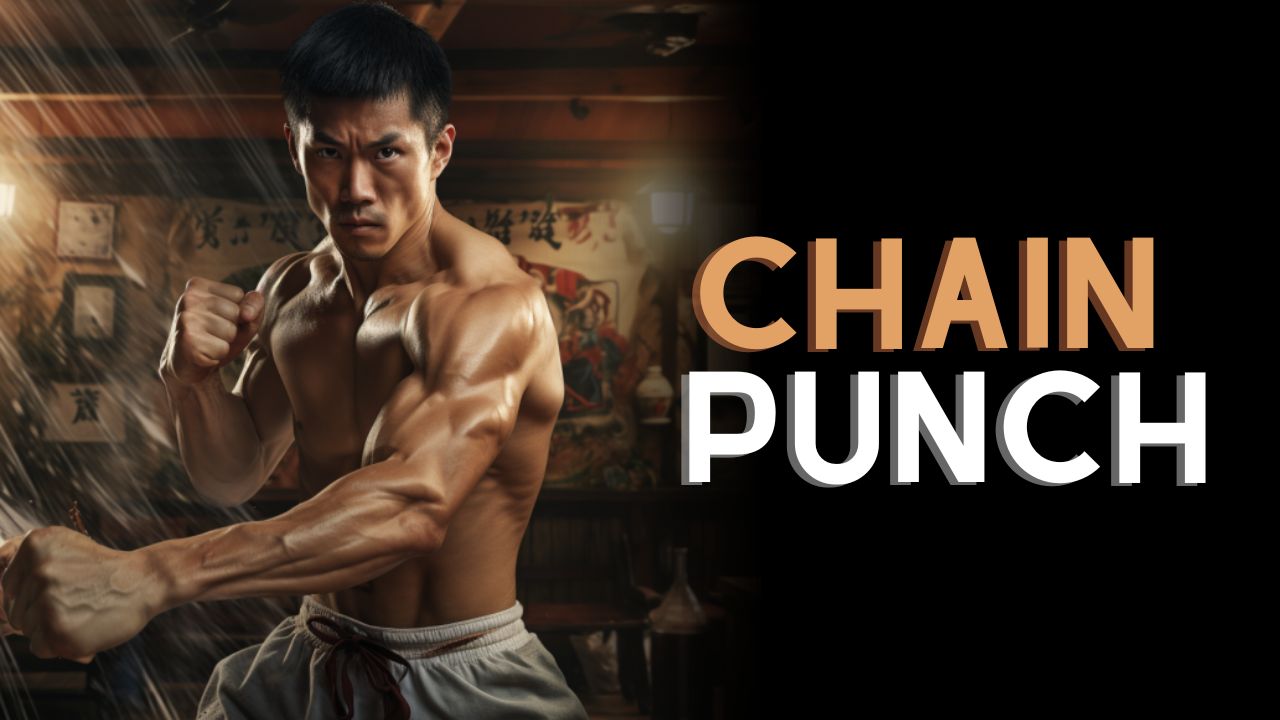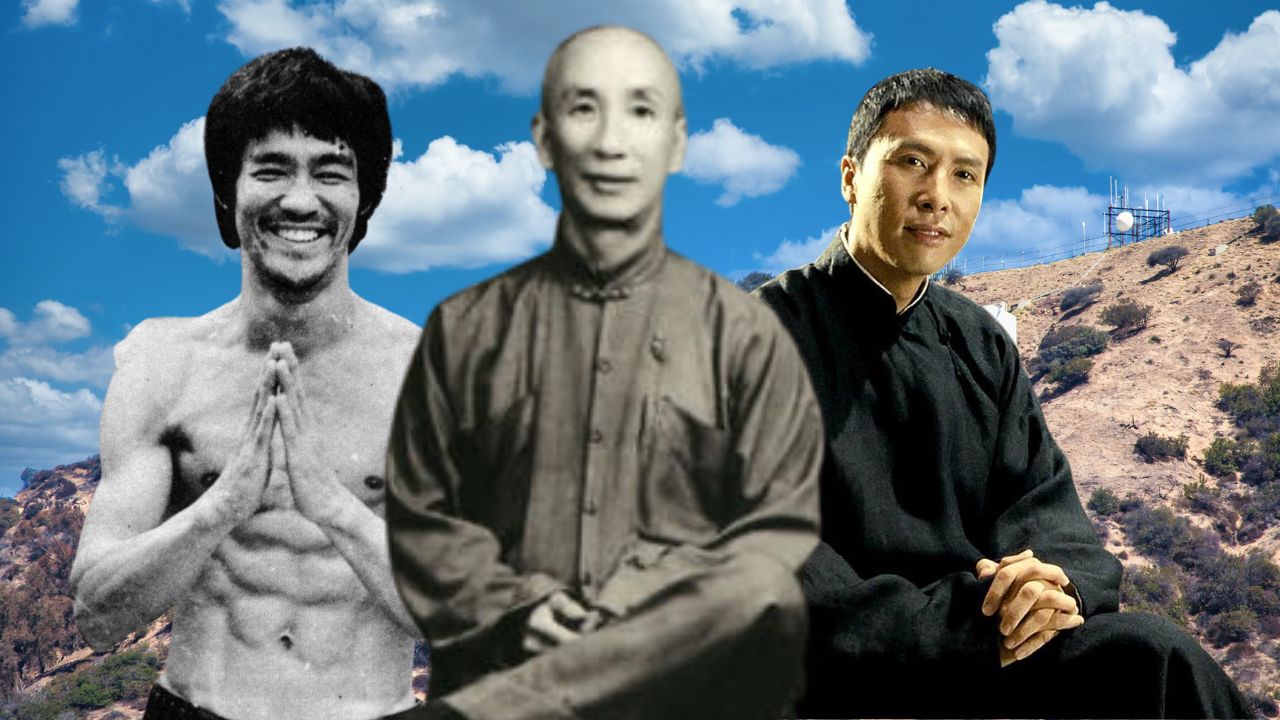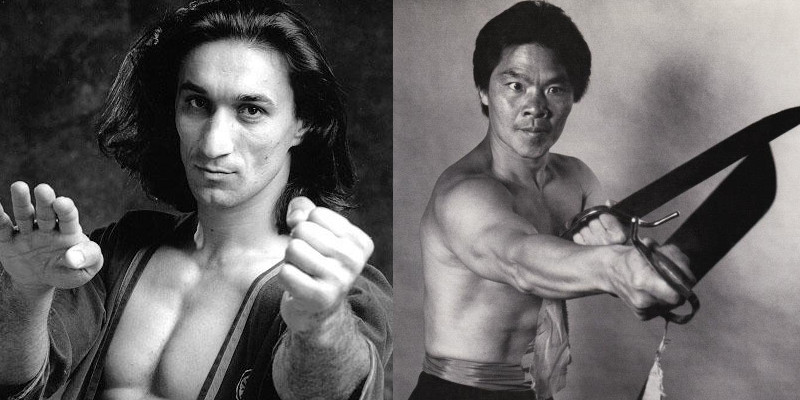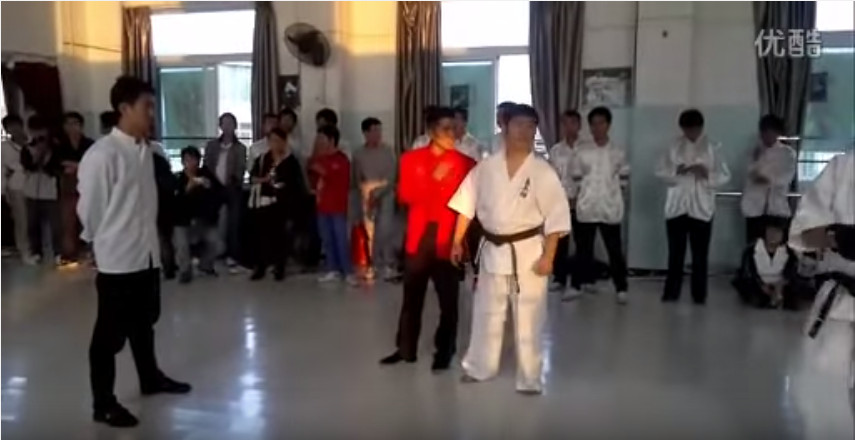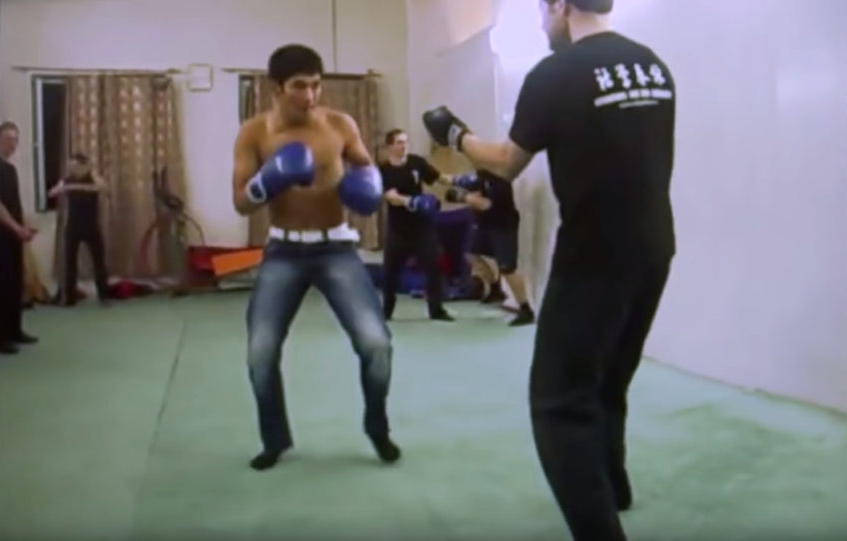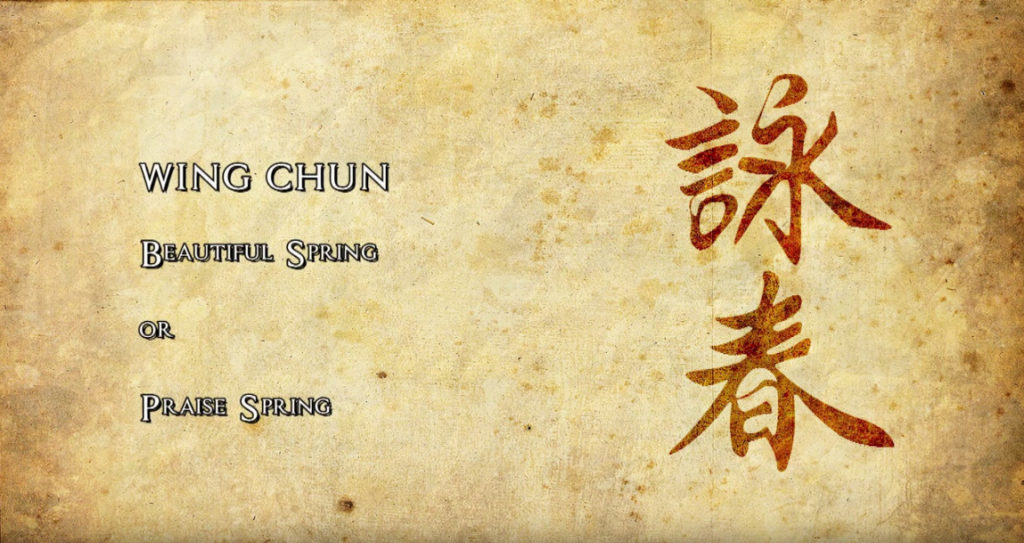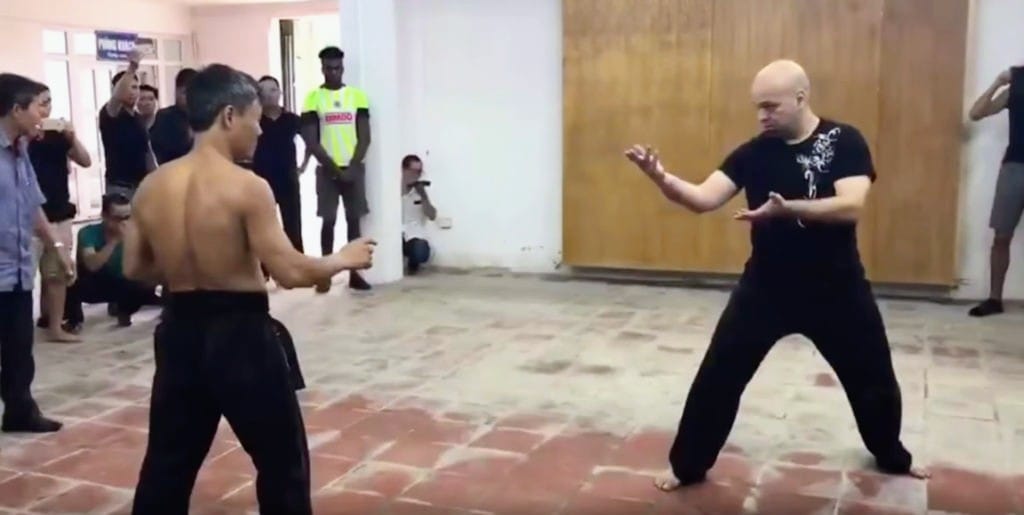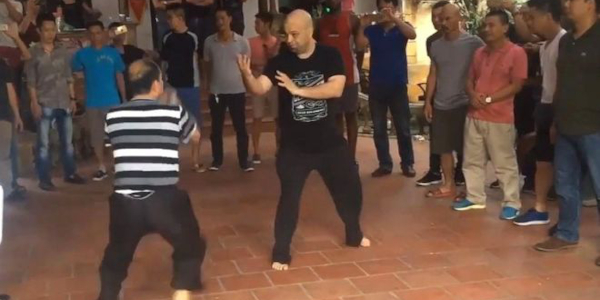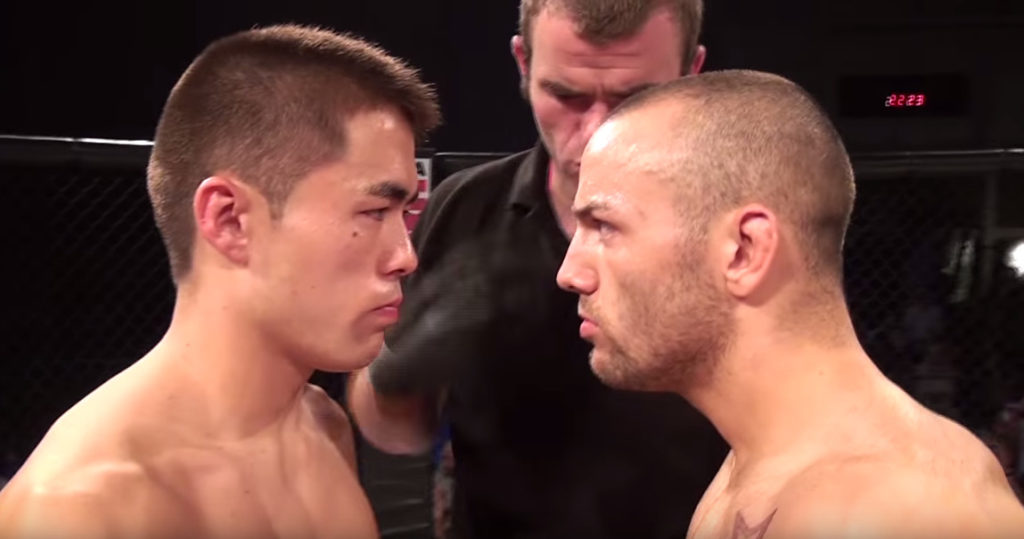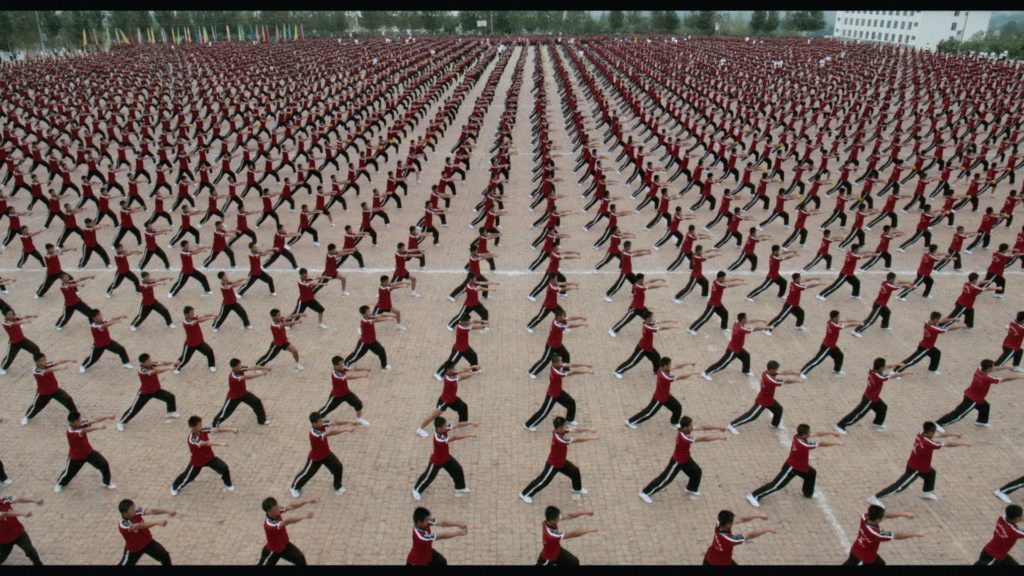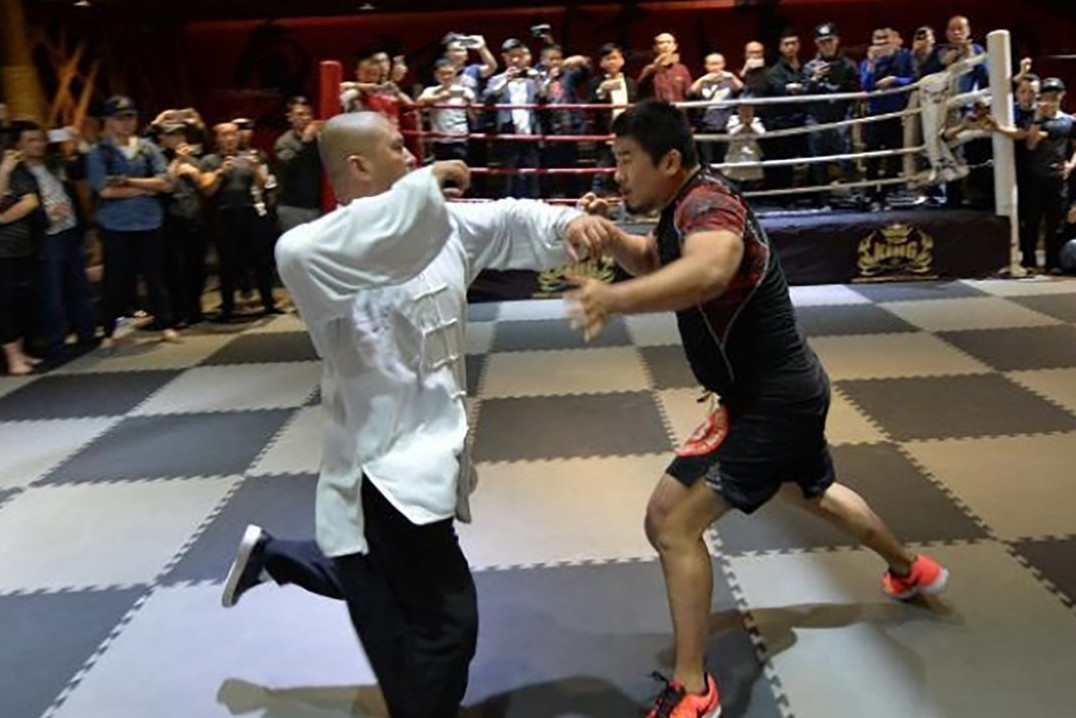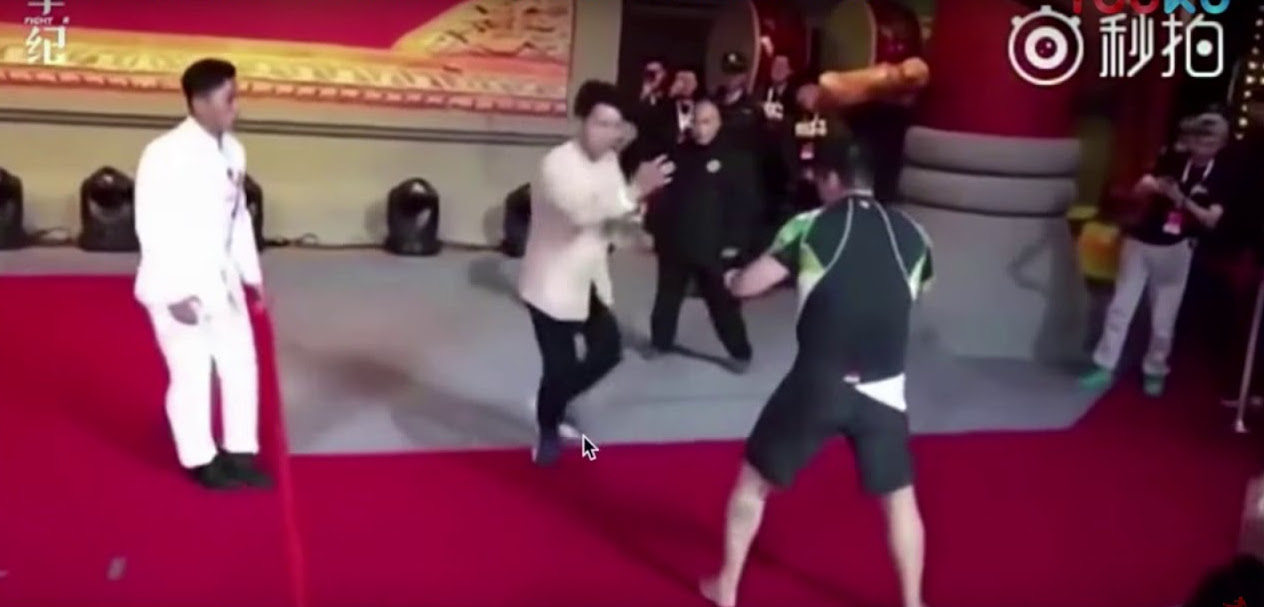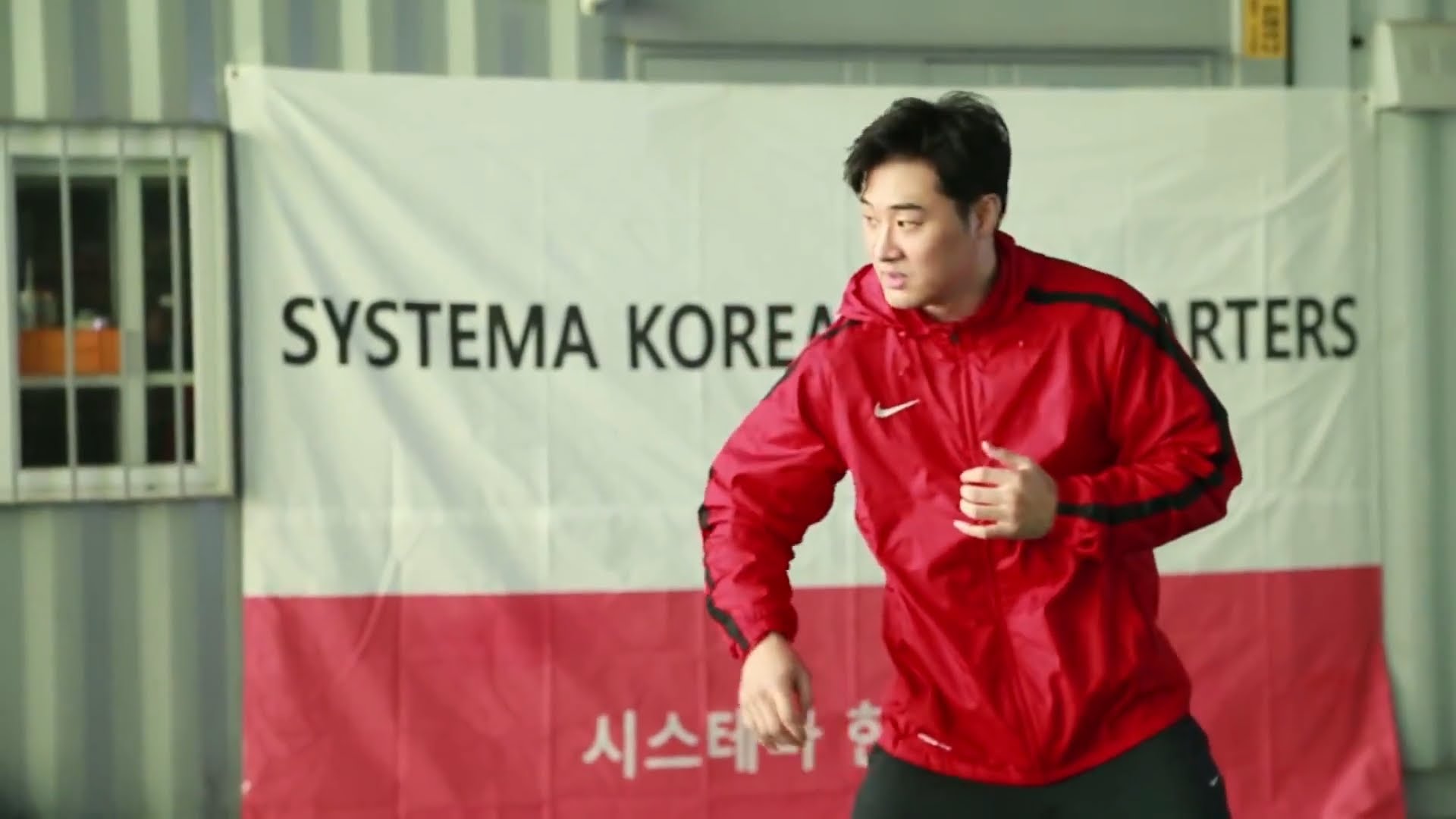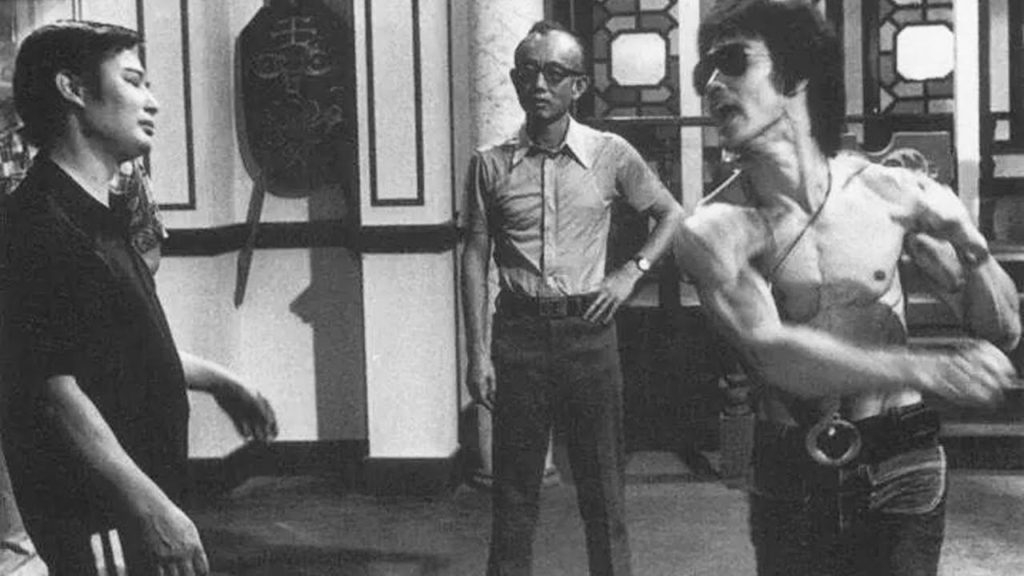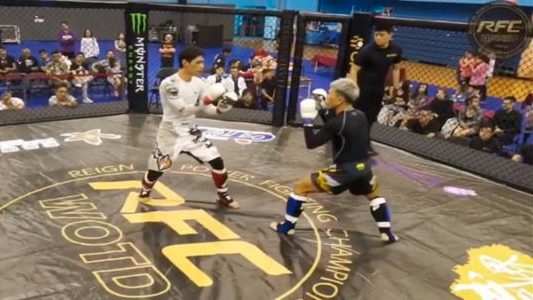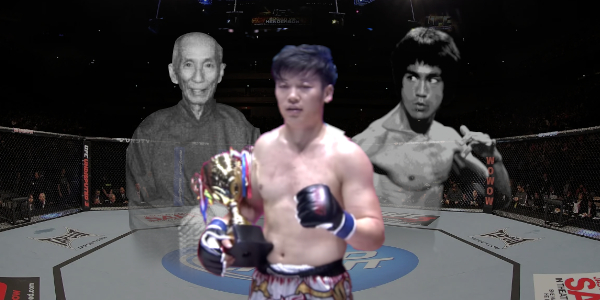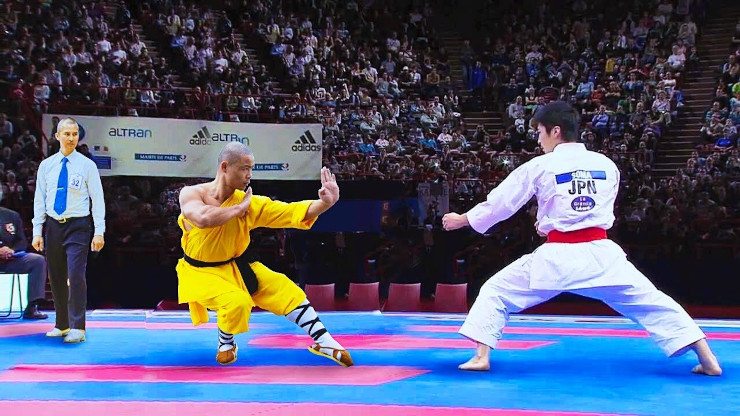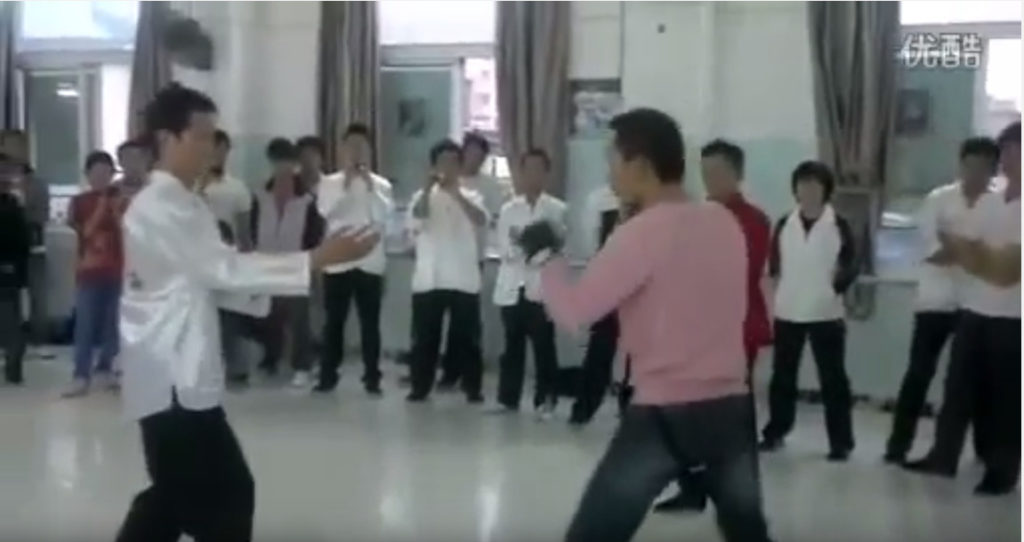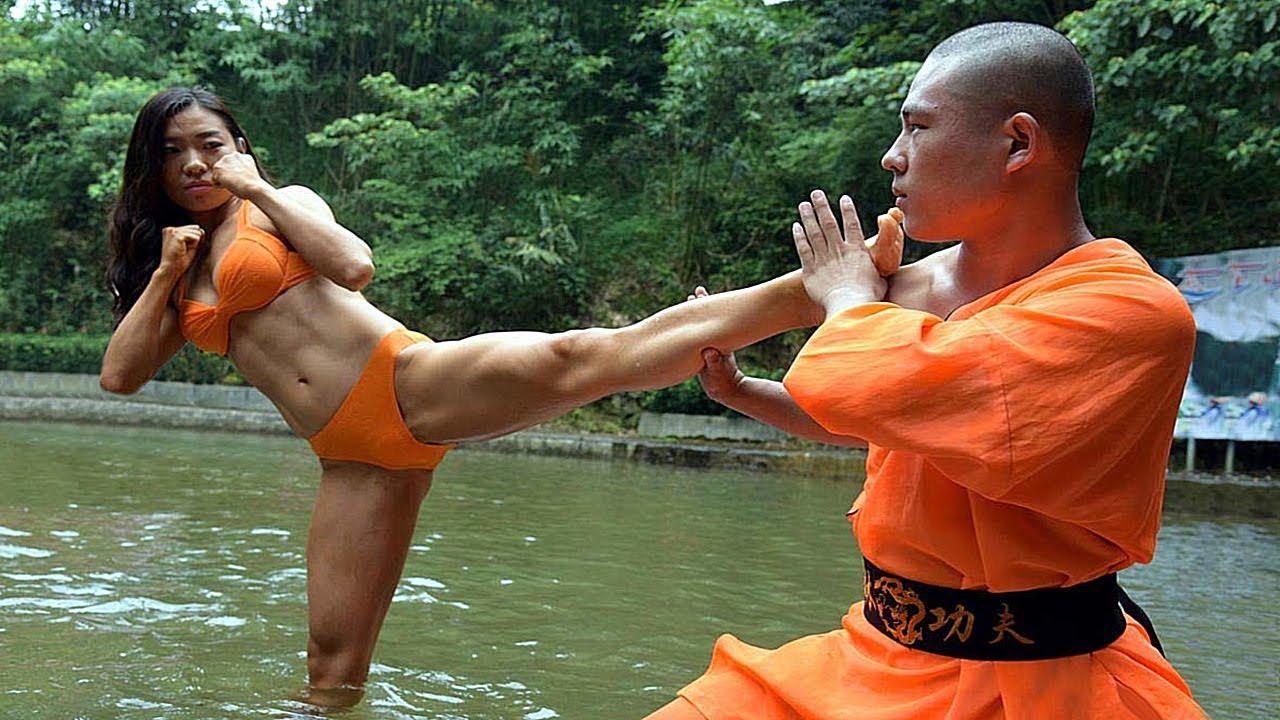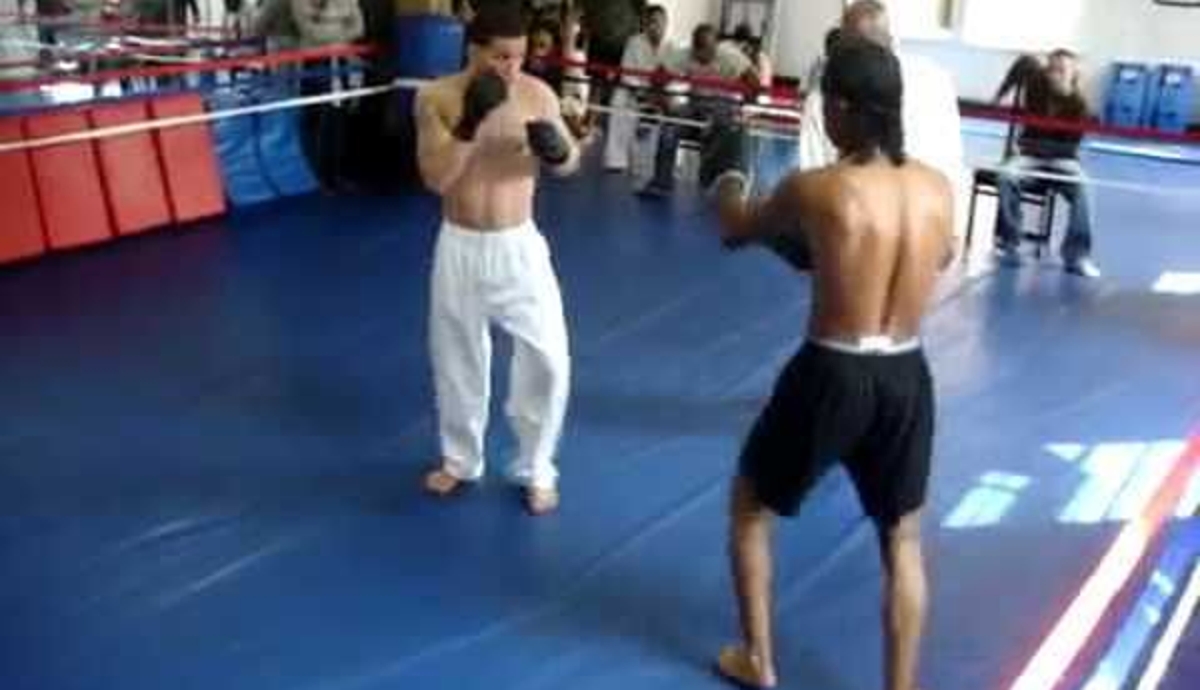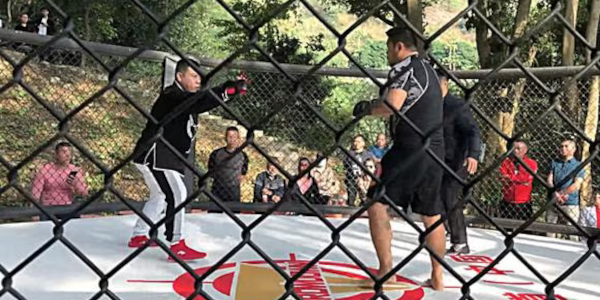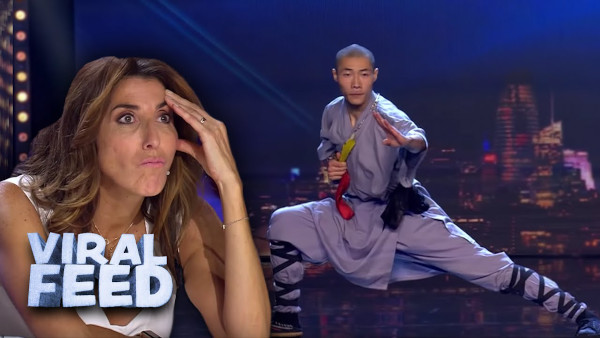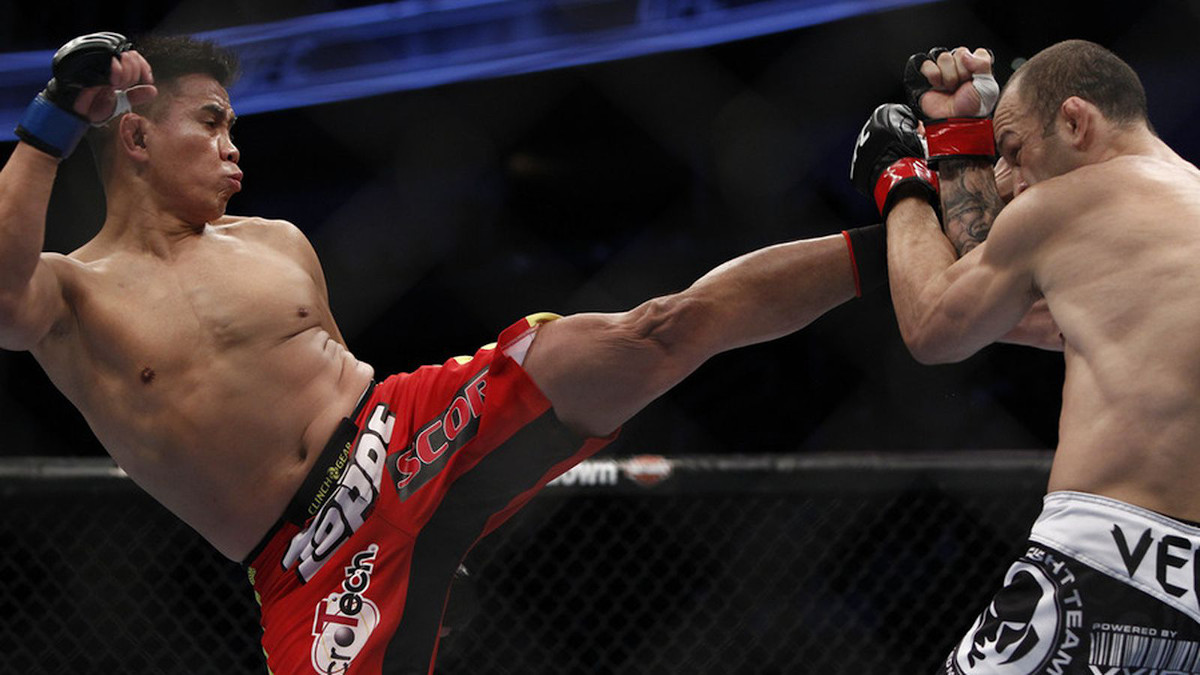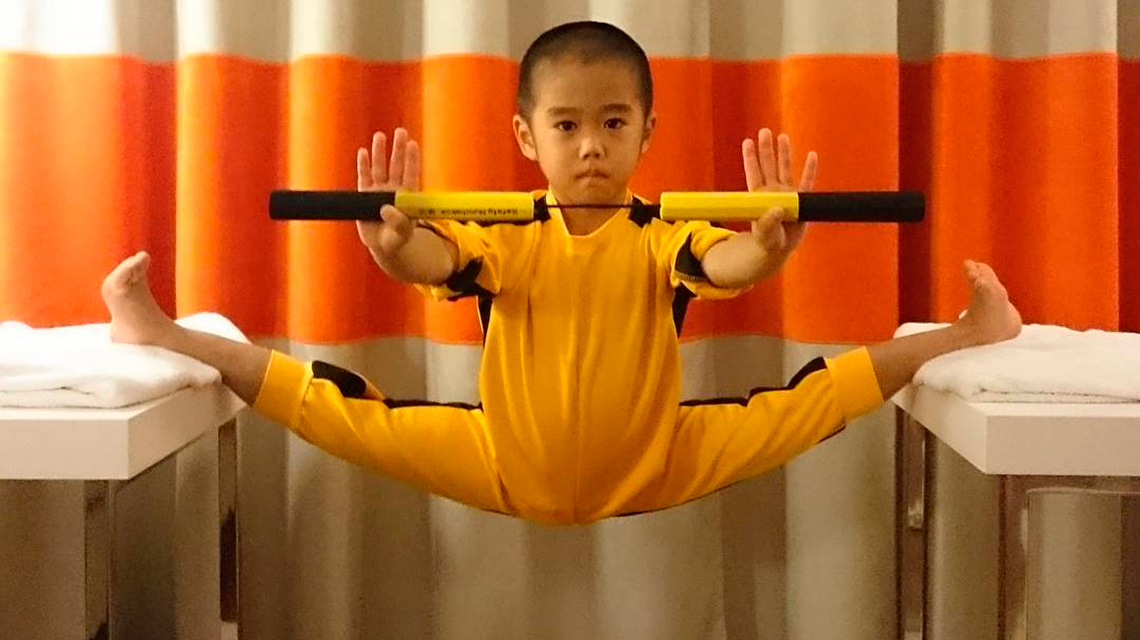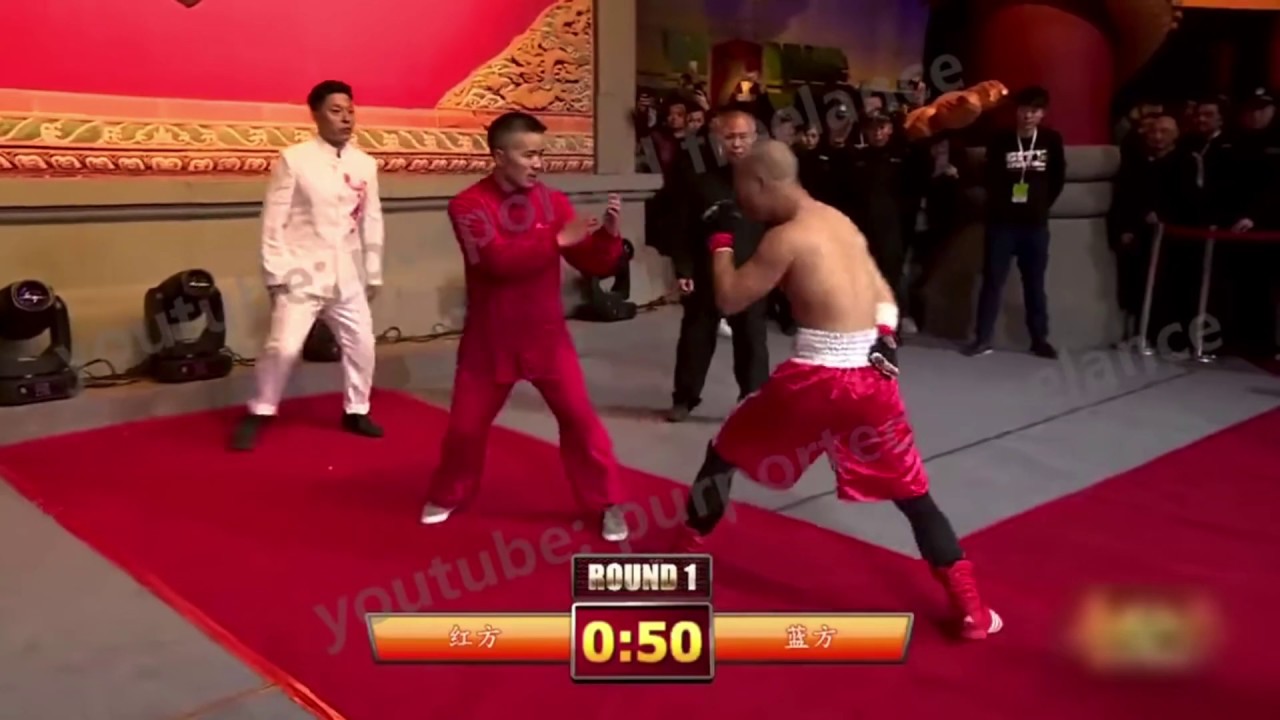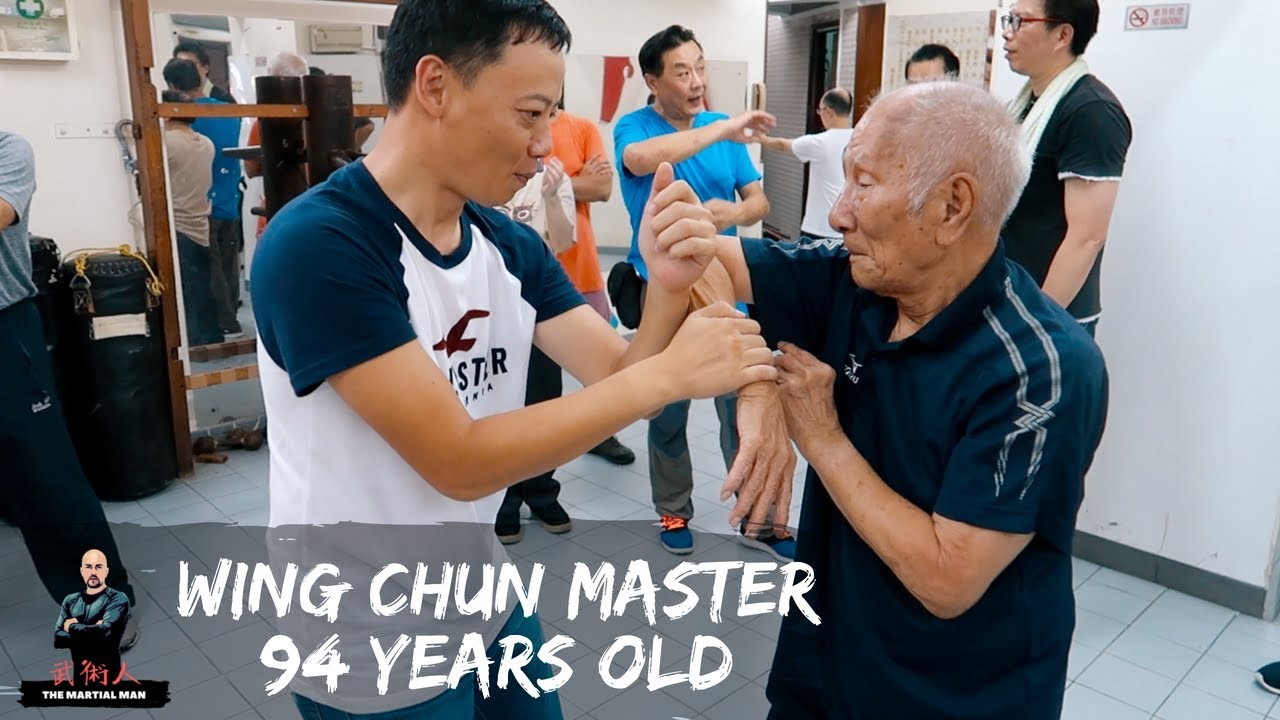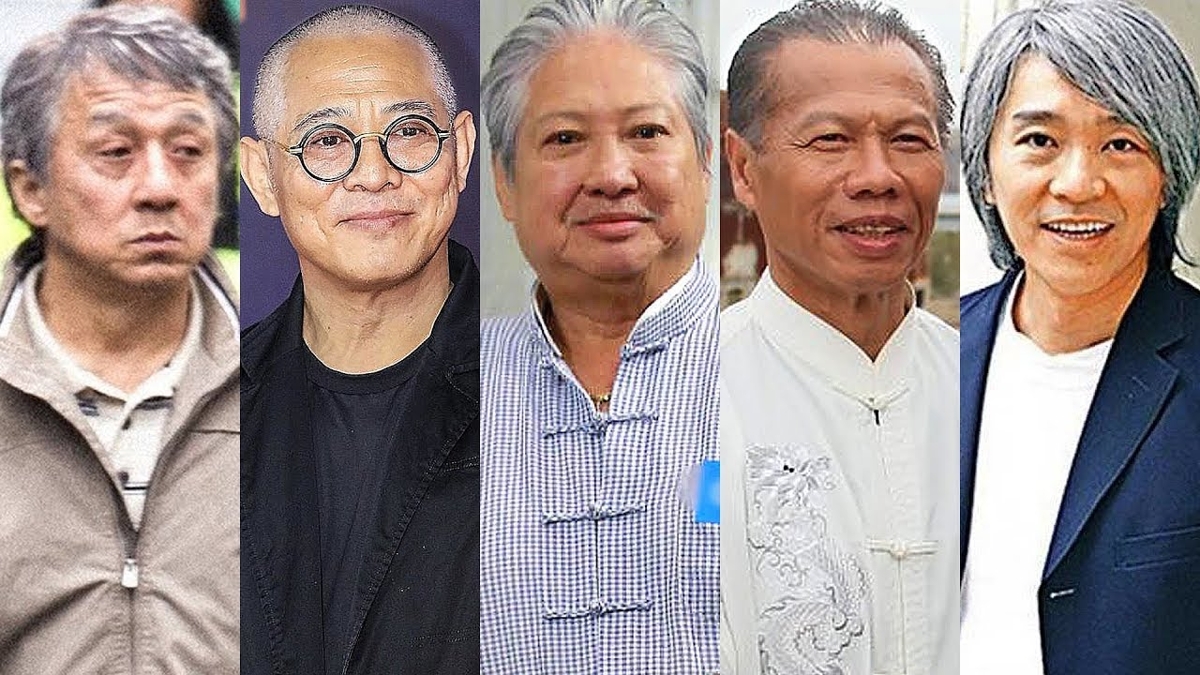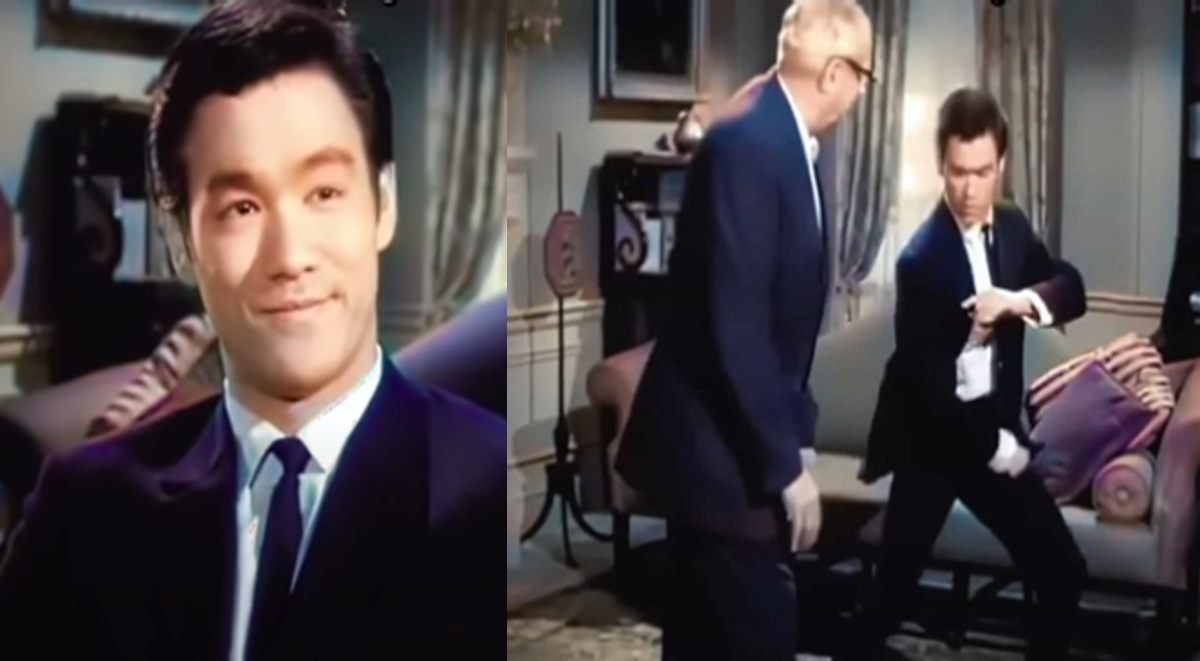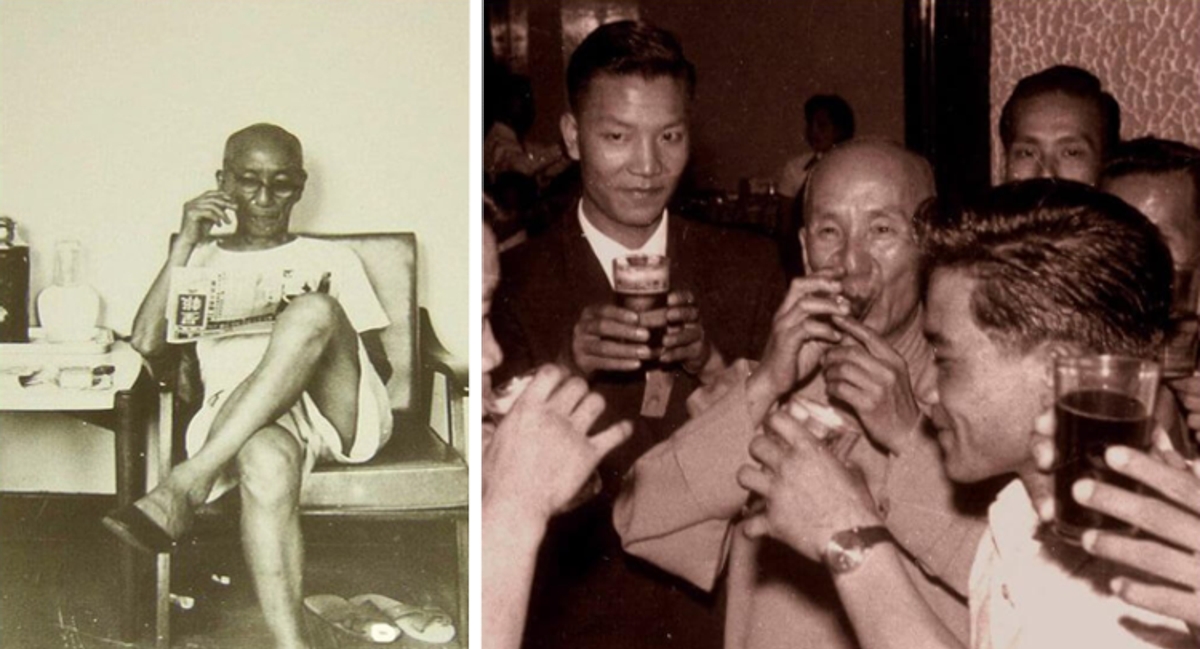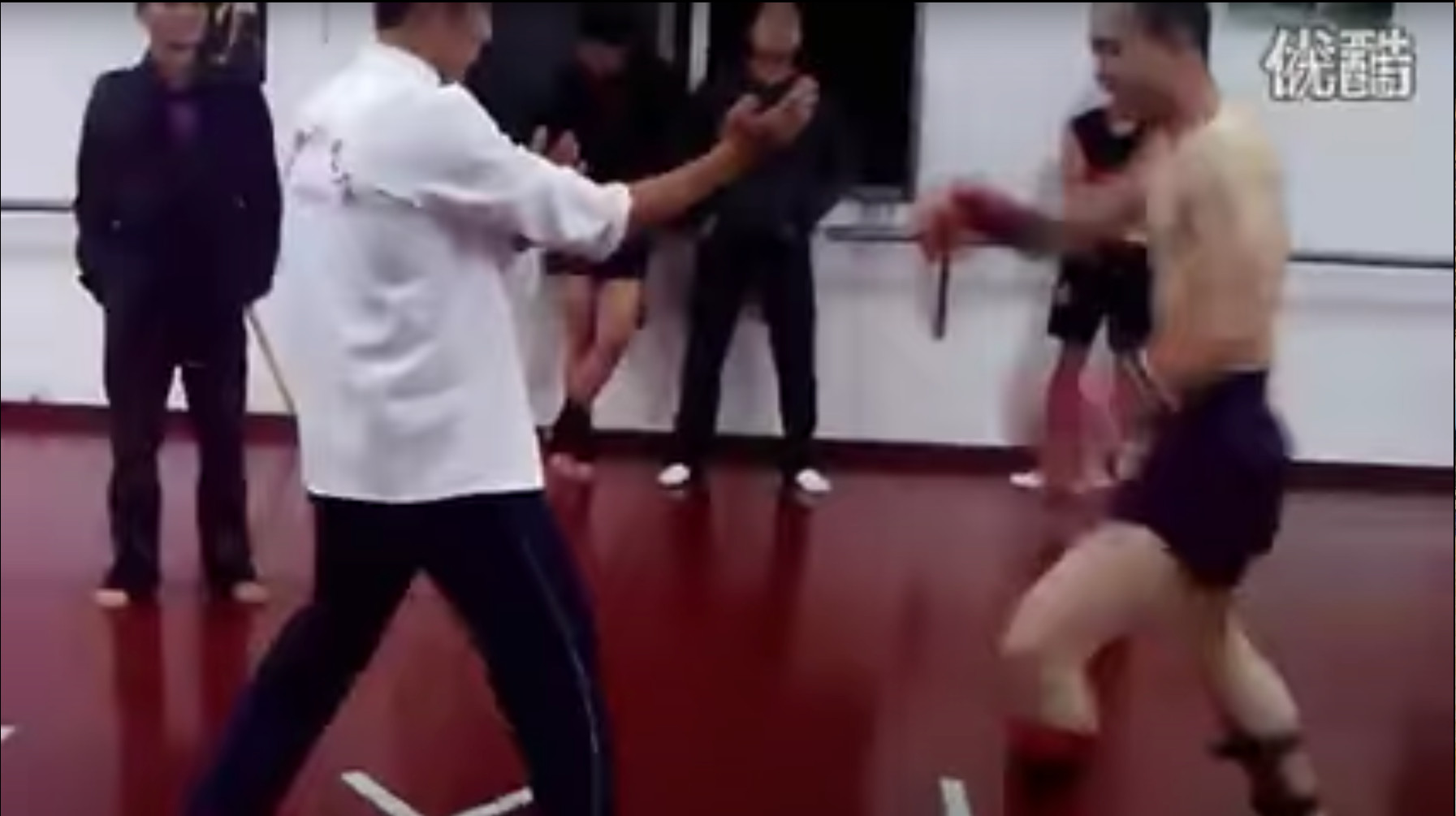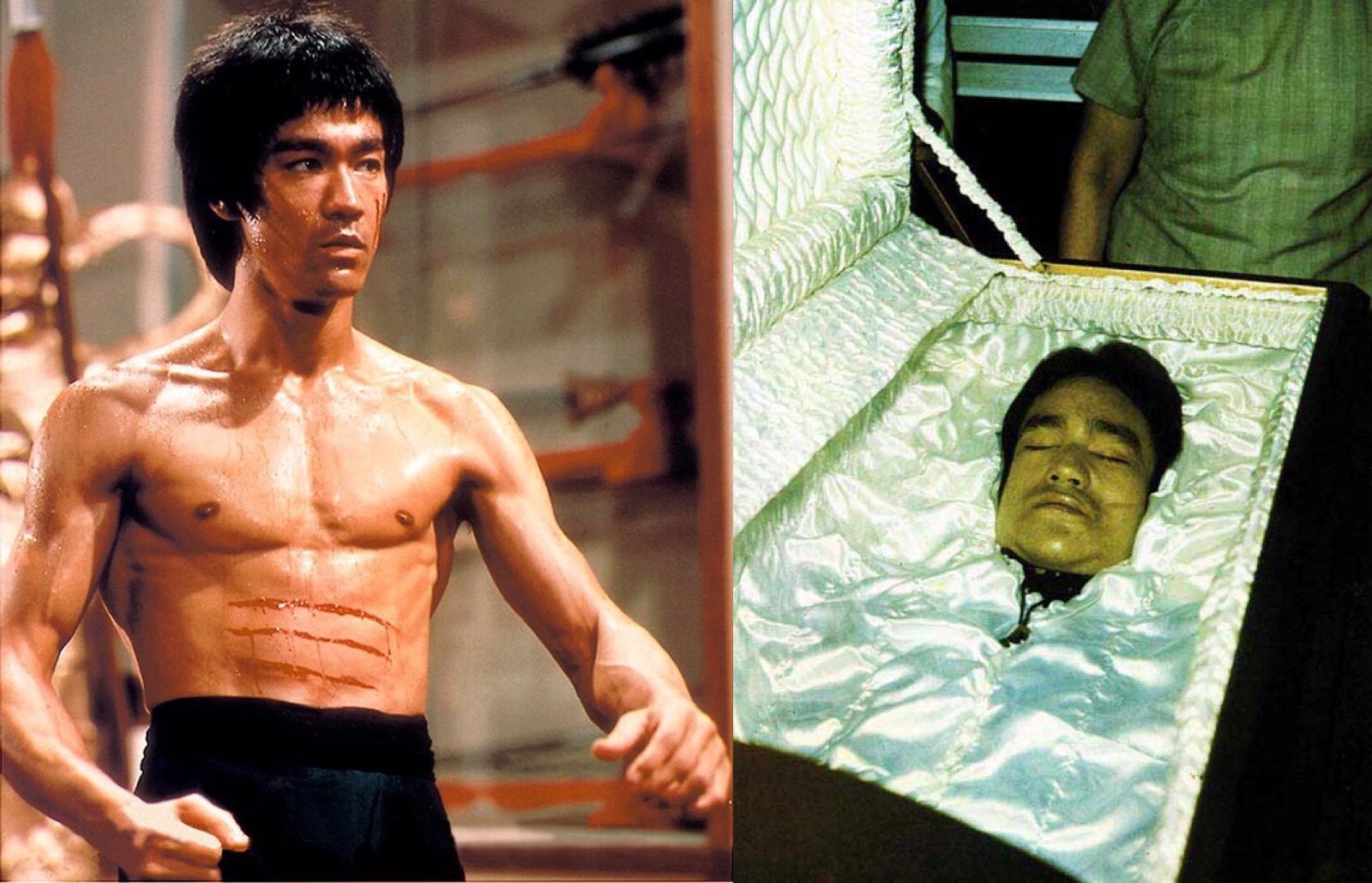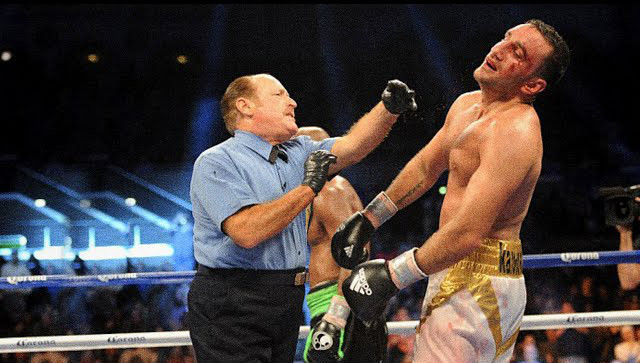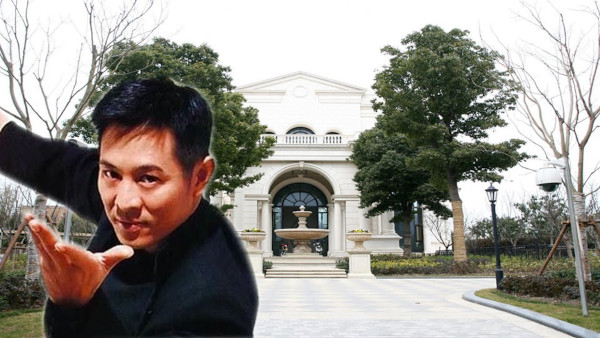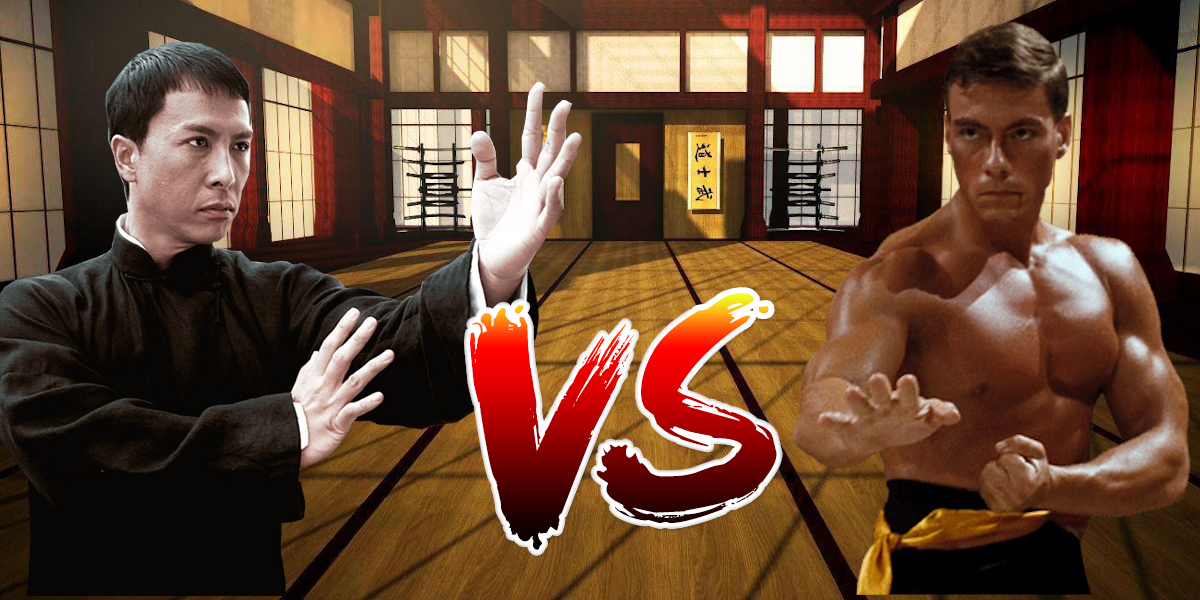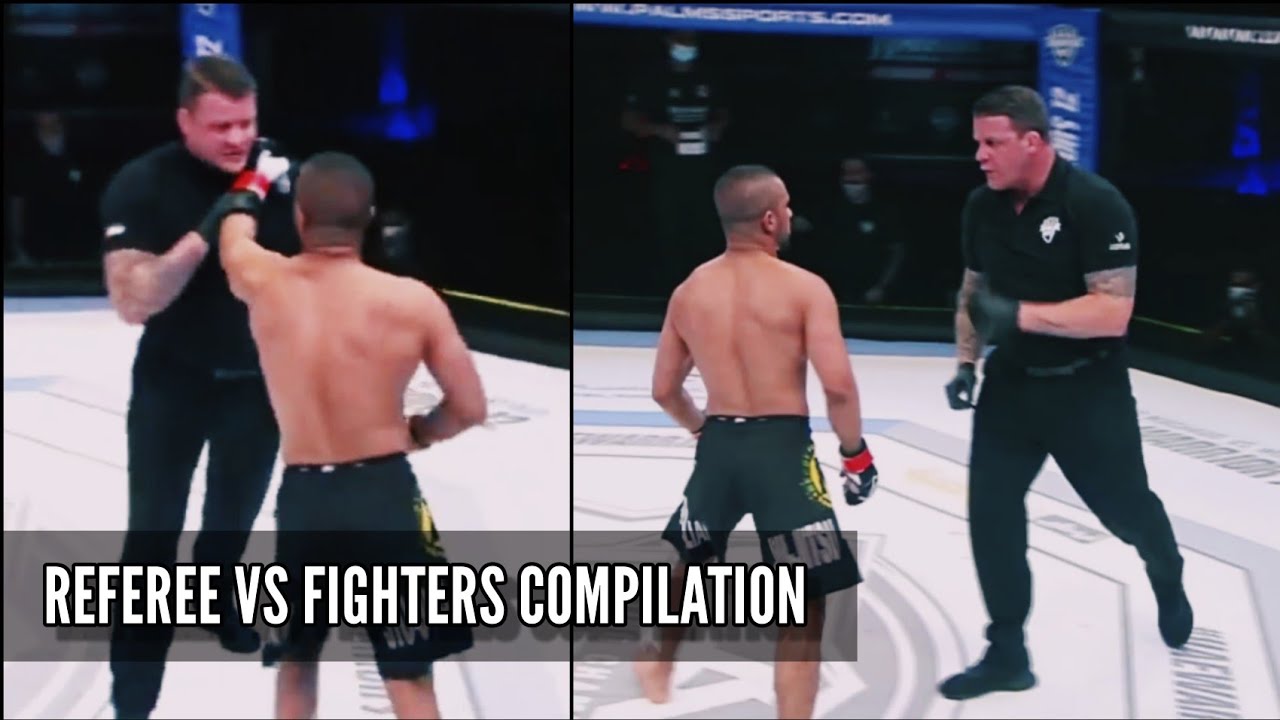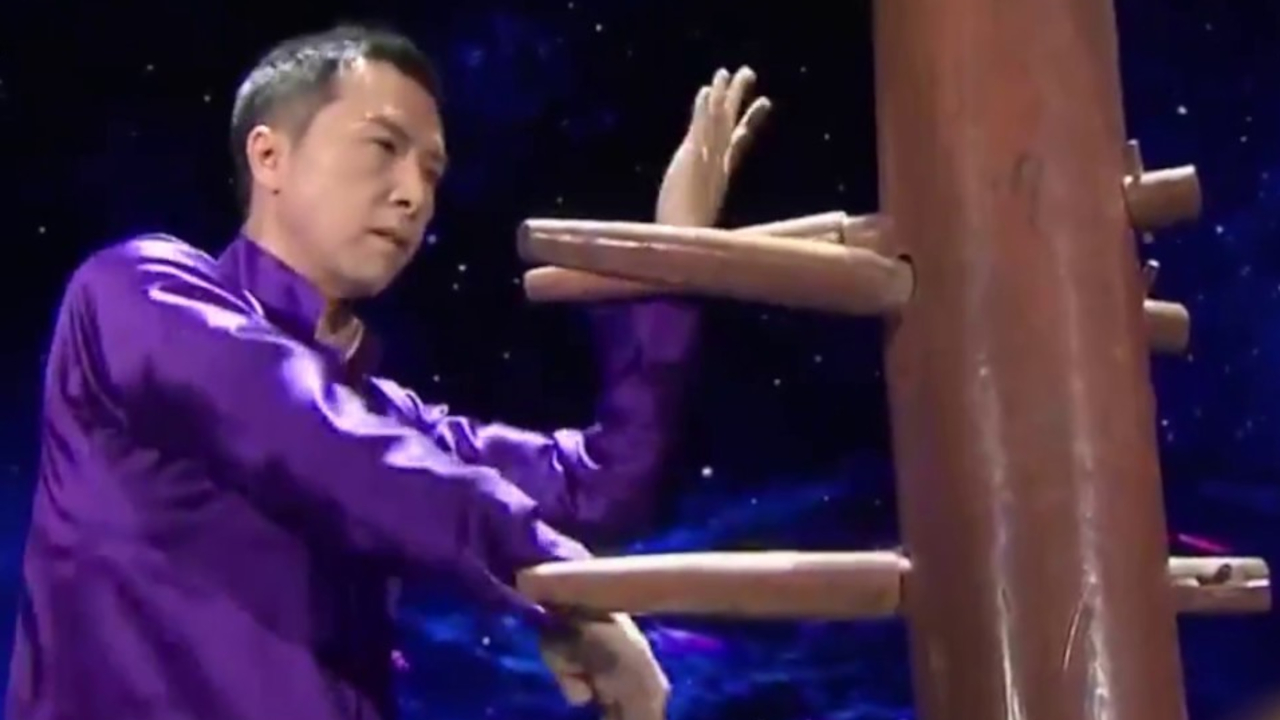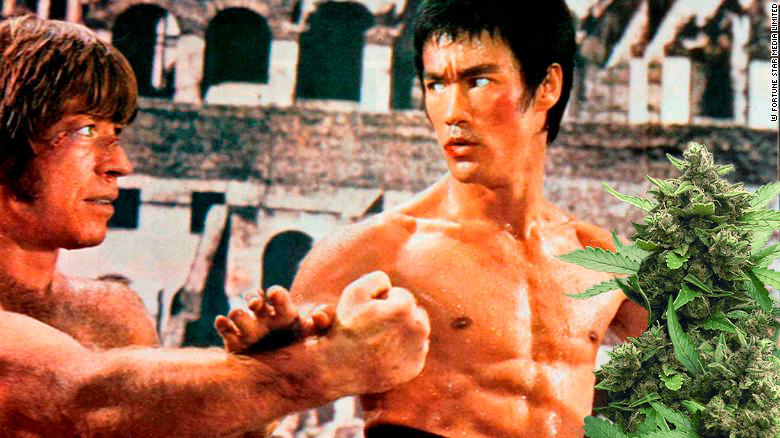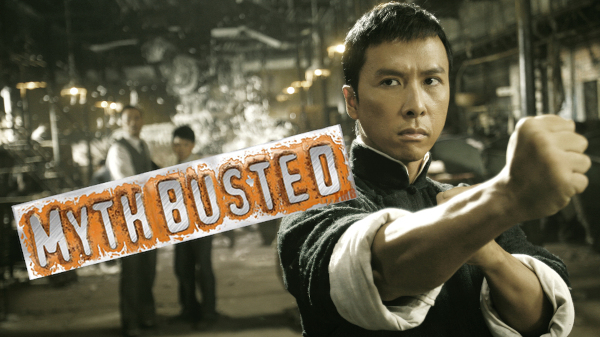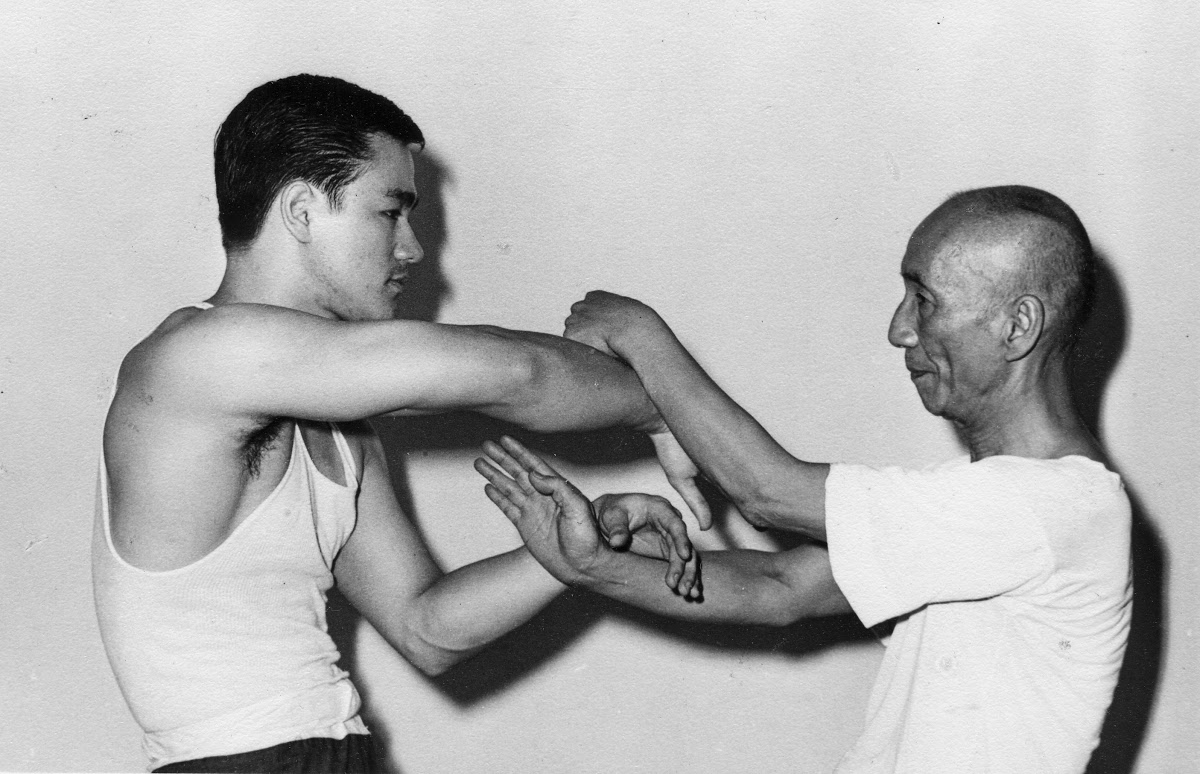Wing Chun Secrets Revealed: 7 Powerful Techniques to Master Self-Defense and Transform Your Life
Reading time: 10 minutes
Welcome, martial arts enthusiasts! Are you ready to embark on an exciting journey into the world of Wing Chun? Today, we're going to reveal some of the best-kept secrets of this ancient Chinese martial art. So grab your proverbial nunchucks and get ready to kung-fu your way through this action-packed article! And who knows? You might even pick up a few moves that'll make Bruce Lee proud. Just remember, with great power comes great responsibility. So, use your newfound skills wisely, grasshopper!
The Legendary Chain Punch
One of the most famous techniques in Wing Chun is the relentless chain punch, which is also known as "the machine gun of martial arts." It's said that when you master this move, you can rain down punches on your opponent like a torrential downpour – or in this case, a "torrential punch-pour." To perform the chain punch, keep your elbows low, rotate your fists from the centerline, and maintain a continuous flow of rapid, short-range punches. It's like having your own personal rapid-fire punching machine!
The Power of the Centerline
The centerline principle is the backbone of Wing Chun. It's all about controlling the central line that runs vertically through the body, from head to toe. By mastering the centerline, you'll learn how to attack and defend more effectively. And let's face it: who wouldn't want to be the center(line) of attention in a fight?
In Wing Chun the centerline is a core principle that significantly contributes to the effectiveness of the fighting style. The power of the centerline in Wing Chun can be understood in several ways:
Anatomical reference
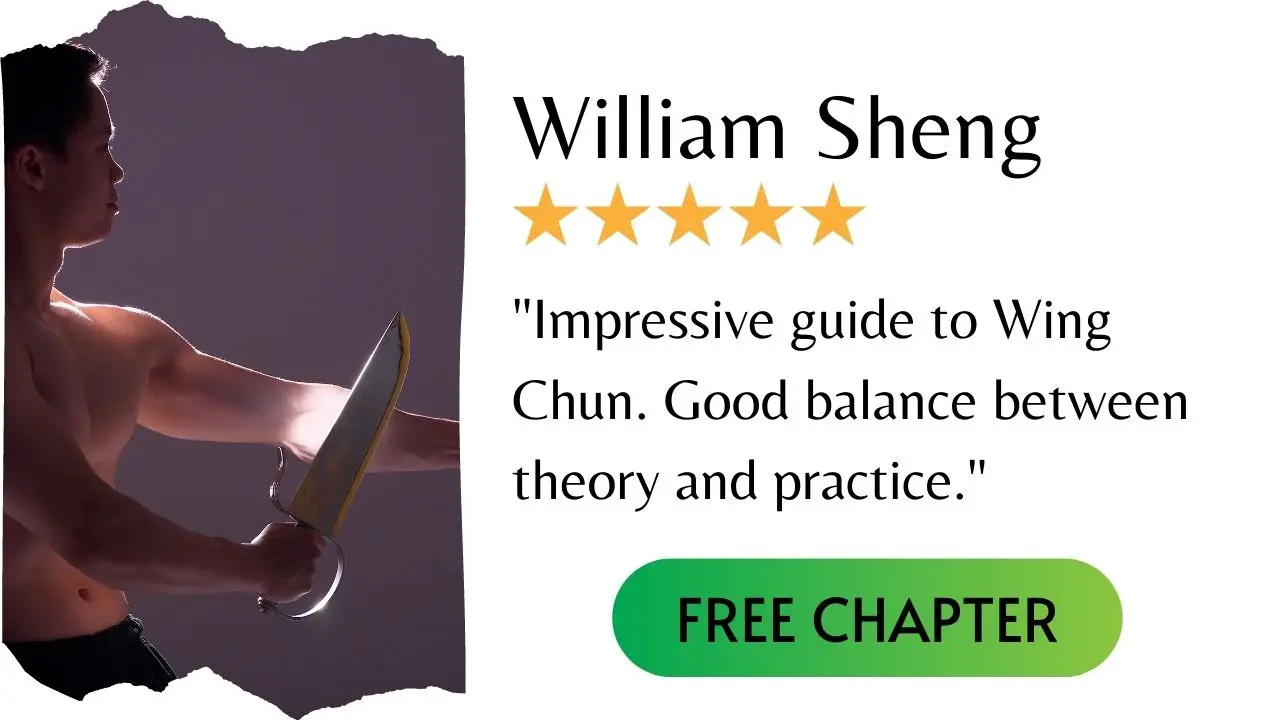
The centerline is an imaginary vertical line that runs down the center of the practitioner's body, dividing it into two equal halves. It is believed that the vital organs and vulnerable areas of the body are located along or near this line. By protecting and controlling the centerline, a Wing Chun practitioner can minimize the risk of injury during combat.
Efficient attacks and defense
The centerline principle emphasizes the importance of maintaining one's balance and proper alignment during combat. By focusing on the centerline, a practitioner can execute more efficient and powerful attacks while defending against incoming strikes. This leads to a more economical use of energy and movement.
Linear and direct techniques
The power of the centerline in Wing Chun comes from the direct, linear attacks and defenses that target the opponent's centerline. These techniques prioritize speed and efficiency, allowing the practitioner to quickly penetrate their opponent's defenses and land strikes on vulnerable targets.
Simultaneous attack and defense
The centerline principle enables Wing Chun practitioners to attack and defend simultaneously, disrupting the opponent's rhythm and balance. By maintaining control of the centerline, a practitioner can seamlessly transition between offense and defense, making it difficult for the opponent to anticipate their movements.
Body structure and mechanics
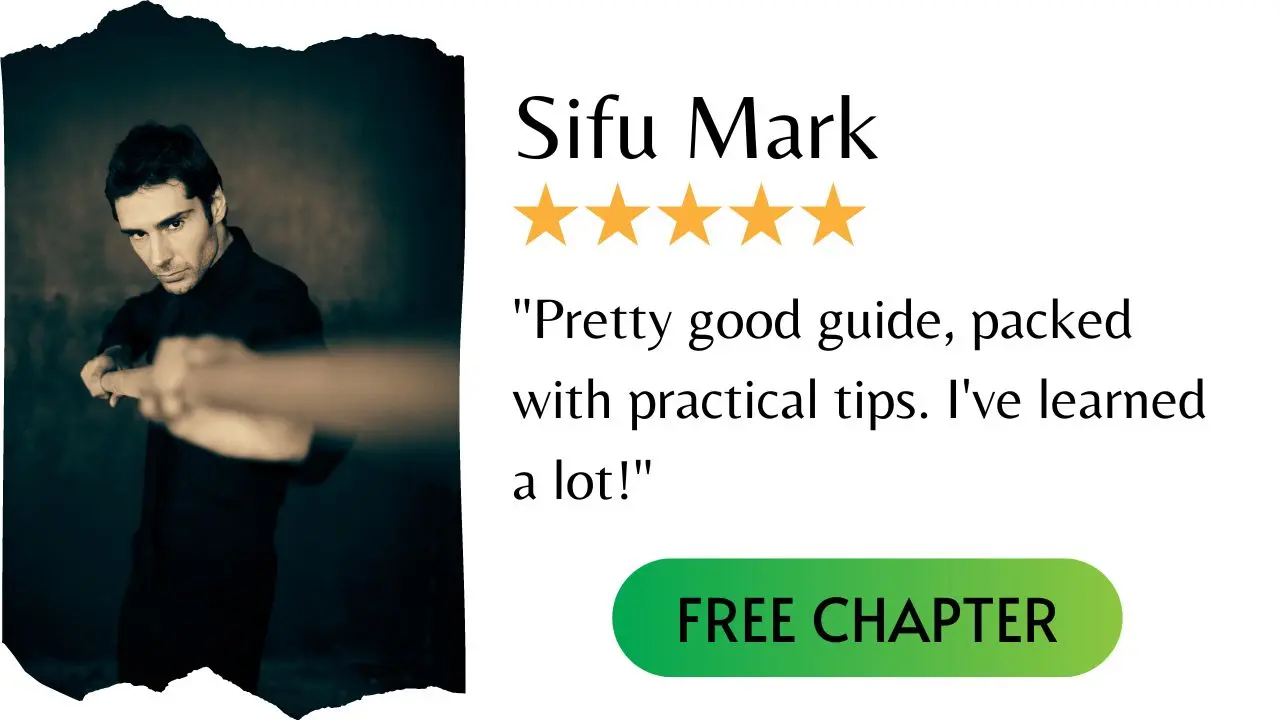
Wing Chun emphasizes proper body structure and alignment, allowing the practitioner to generate power from the ground through their legs, hips, and torso. By maintaining control of the centerline, a Wing Chun practitioner can effectively channel this power into their strikes and blocks.
The Sticky Hands Technique
Also known as "Chi Sao," the sticky hands technique is where Wing Chun gets up close and personal. This exercise helps you develop sensitivity, reflexes, and close-quarter combat skills. It's a bit like a dance between two partners, but with more martial intent and fewer roses between the teeth. So, the next time you find yourself in a tight spot, just remember to keep calm, stick to your opponent, and Chi Sao your way out of trouble!
Sensitivity and flow
Wing Chun practitioners develop sensitivity to their opponent's movements and intentions through a concept called "sticky hands" (Chi Sao). This sensitivity allows them to react quickly and effectively to changes in their opponent's centerline, creating opportunities for counterattacks and maintaining control of the engagement.
In summary, the power of the centerline in Wing Chun comes from its emphasis on efficient, direct techniques, simultaneous attack and defense, and proper body mechanics. By focusing on the centerline, a practitioner can improve their ability to protect vital areas, generate power, and maintain control during combat
The Wing Chun Stance
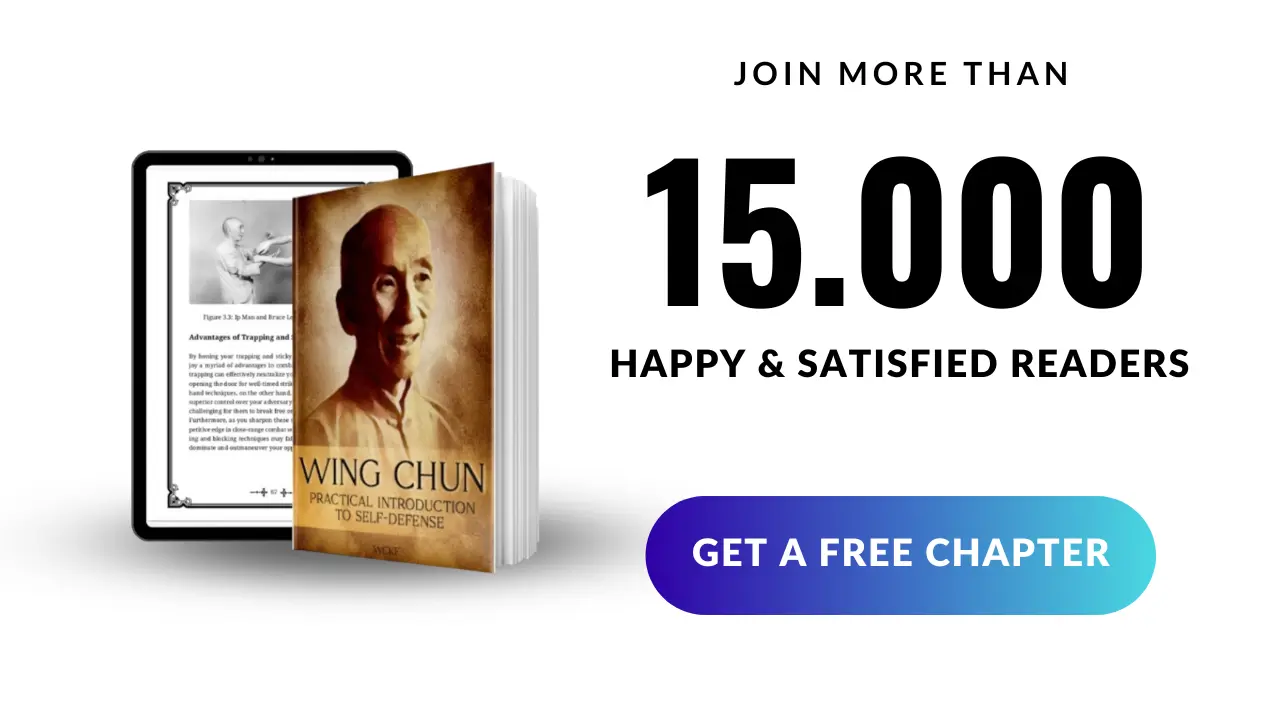
In Wing Chun, the stance is everything. It's the foundation upon which all your moves are built, and it's designed to provide stability, mobility, and balance. To achieve the perfect stance, imagine you're a tree with roots extending deep into the ground. Keep your knees slightly bent, your feet shoulder-width apart, and your body centered. Remember, in the wise words of Mr. Miyagi, "First learn stand, then learn fly."
Step into the world of Wing Chun, and you'll soon discover the secret to its mesmerizing power and grace - the distinctive stance that sets the stage for this captivating martial art. As the foundation of every move, the Wing Chun stance is your gateway to a thrilling journey of self-discovery and mastery.
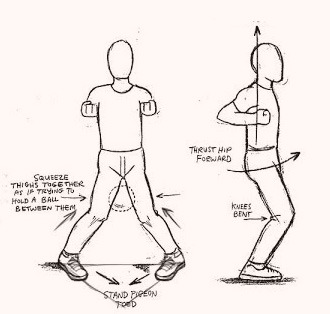
Imagine yourself standing firm, yet agile, ready to unleash your inner warrior. Your feet are shoulder-width apart, forming a perfect triangle with the ground. This triangular base, known as the "Yee Ji Kim Yeung Ma" or "Character Two Goat Gripping Stance," is the epitome of stability and balance.
Feel the power rising from your heels as your knees bend slightly inward, creating a subtle tension in your legs. This unique posture channels your energy inward, fortifying your core, and readying you for action. As your knees lock, your inner thighs generate a gripping force, endowing you with the poise and steadiness of a mountain goat navigating treacherous terrain.
Your pelvis tucks in gently, aligning your spine and allowing energy to flow unhindered through your body. Your chest relaxes, while your shoulders drop, melting away the weight of the world. The Wing Chun stance is more than just a physical position; it is an invitation to let go of your burdens and embrace a serene state of mind.
Your arms, now transformed into powerful shields, protect your vital centerline. The elbows bend slightly, and the wrists stay relaxed, forming a protective barrier around your body's most vulnerable areas. You are now an impenetrable fortress, ready to ward off any attack.
As you stand in the iconic Wing Chun stance, you'll find yourself brimming with newfound confidence, poise, and control. This enchanting martial art empowers you to become one with your body and mind, unlocking the door to a world of untapped potential.
So why not take the leap? Embrace the captivating art of Wing Chun, and let the journey begin!
The Economy of Motion

Wing Chun is all about efficiency and simplicity. In other words, it's the martial art equivalent of a well-oiled machine. By practicing economy of motion, you'll learn to make each movement count, eliminate unnecessary actions, and conserve your energy for when you really need it. After all, why use ten moves when one will do the job just as well?
Picture yourself gliding effortlessly through the world of Wing Chun, where every movement is a seamless dance of power and grace. Welcome to the enchanting concept of economy of motion, a guiding principle that transforms martial artists into efficient and agile warriors.
In the captivating realm of Wing Chun, economy of motion is all about doing more with less. Like a master sculptor chiseling away at a block of marble, Wing Chun practitioners refine their movements, carving out a fluid and elegant fighting style that leaves no room for waste.
As you embrace the art of economy of motion, you'll discover the secret to moving like a whisper on the wind. Your techniques will become direct, swift, and deceptively simple. You'll learn to strike with precision, bypassing your opponent's defenses with ease, and leaving them wondering what just happened.

But it's not just about striking; the magic of economy of motion weaves its way into every aspect of Wing Chun. Your defenses will transform into a graceful dance, effortlessly deflecting and redirecting incoming attacks. You'll flow from one move to the next, adapting to your opponent's actions with the ease of a leaf floating on a breeze.
The beauty of economy of motion lies in its simplicity. By eliminating unnecessary movements, you'll conserve energy and enhance your speed, allowing you to react faster and more effectively in any situation. Like a stream flowing down a mountain, your movements will become an unstoppable force, guided by the path of least resistance.
So, step into the enchanting world of Wing Chun, and let the concept of economy of motion whisk you away on a thrilling adventure. Unleash your inner warrior, and discover the power and grace that lies within you, waiting to be set free.
The Wooden Dummy
No, we're not talking about that guy at the gym who never racks his weights. The wooden dummy, or "Mook Yan Jong," is a traditional training tool used to practice and perfect your Wing Chun techniques. It's like having a sparring partner who never gets tired or complains about getting hit – the ideal companion for honing your skills!
Mastering the Forms

In Wing Chun, there are three primary forms that serve as the building blocks of your training: Siu Nim Tao, Chum Kiu, and Biu Jee. These forms teach you the fundamental principles, techniques, and strategies of this martial art. So, don't be a "form"idable foe – practice, practice, practice, and soon enough, you'll be a Wing Chun warrior!
Now that we've unveiled some of the most powerful Wing Chun secrets, it's time for you to put them into action and start your own martial arts journey. Whether you're a beginner or a seasoned pro, these techniques are sure to help you become a more confident and capable fighter. So, go forth, channel your inner Bruce Lee, and always remember: "To be a warrior is not a simple matter of wishing to be one. It is rather an endless struggle that will go on to the very last moment of our lives. Nobody is born a warrior, in exactly the same way that nobody is born an average man. We make ourselves into one or the other." Happy training, and may the force (of Wing Chun) be with you!
Thank you. Your comment will be approved shortly.
Comments
Thank you. Your comment will be approved shortly.
Thank you. Your comment will be approved shortly.
Thank you. Your comment will be approved shortly.
Thank you. Your comment will be approved shortly.
Thank you. Your comment will be approved shortly.

